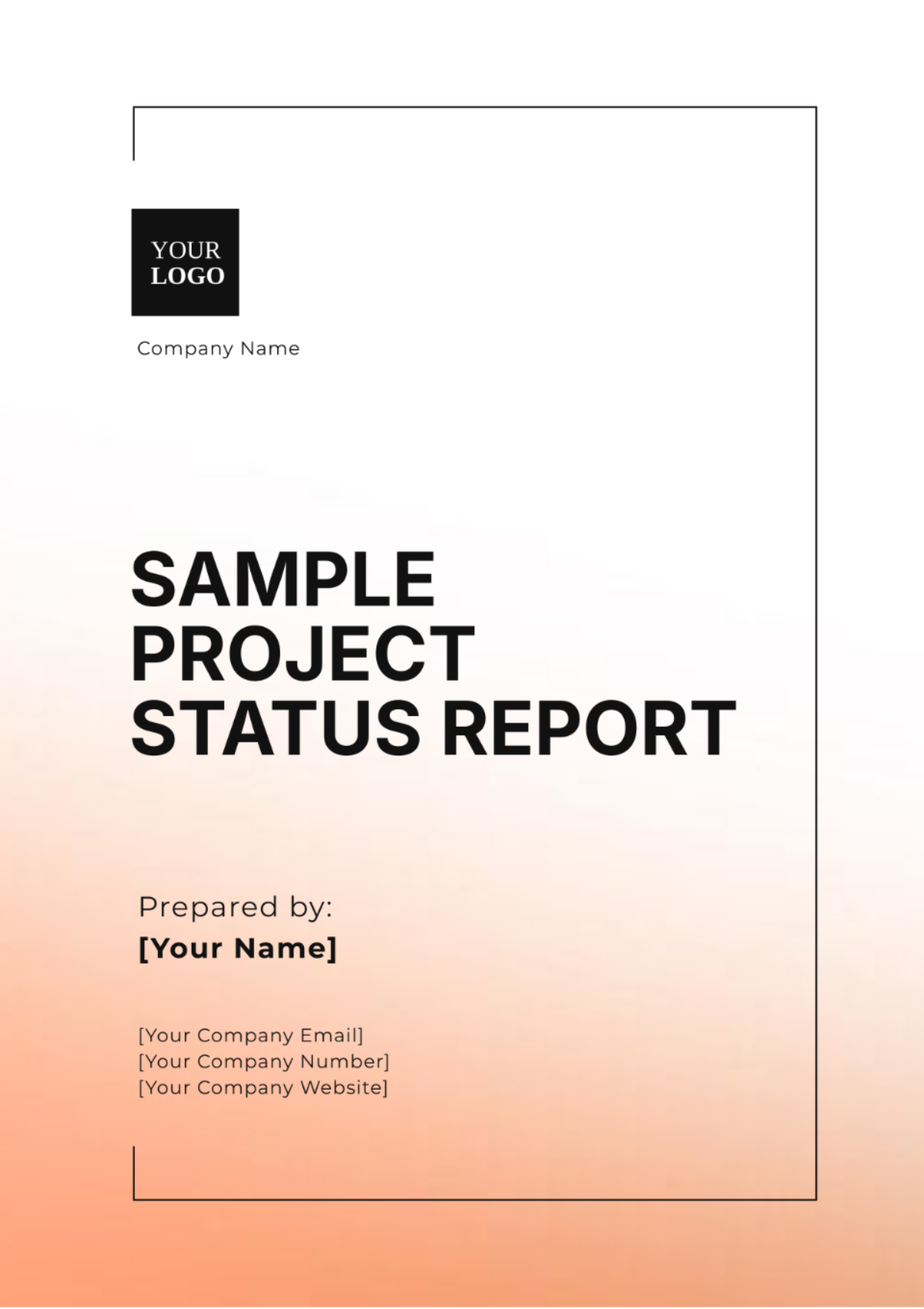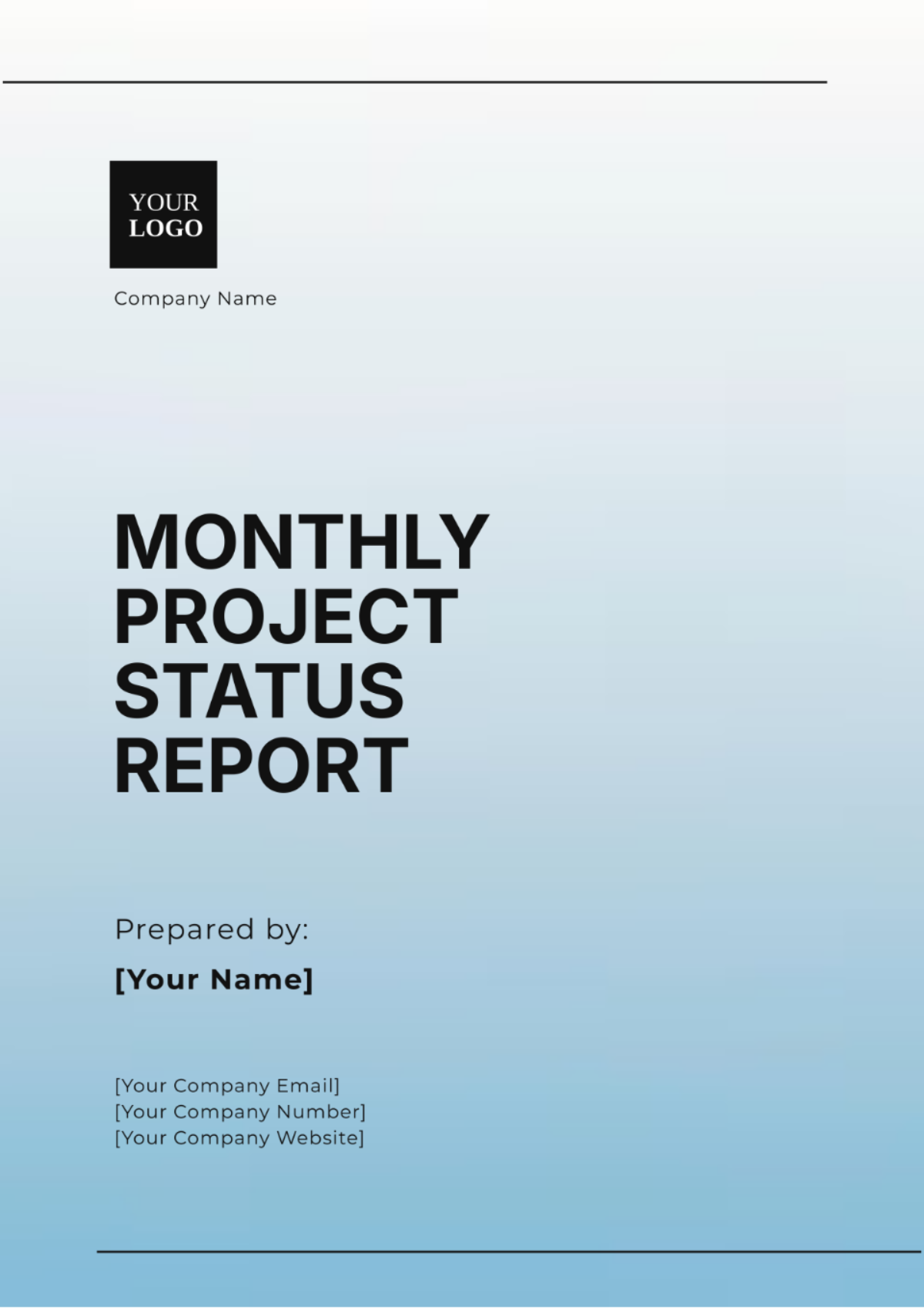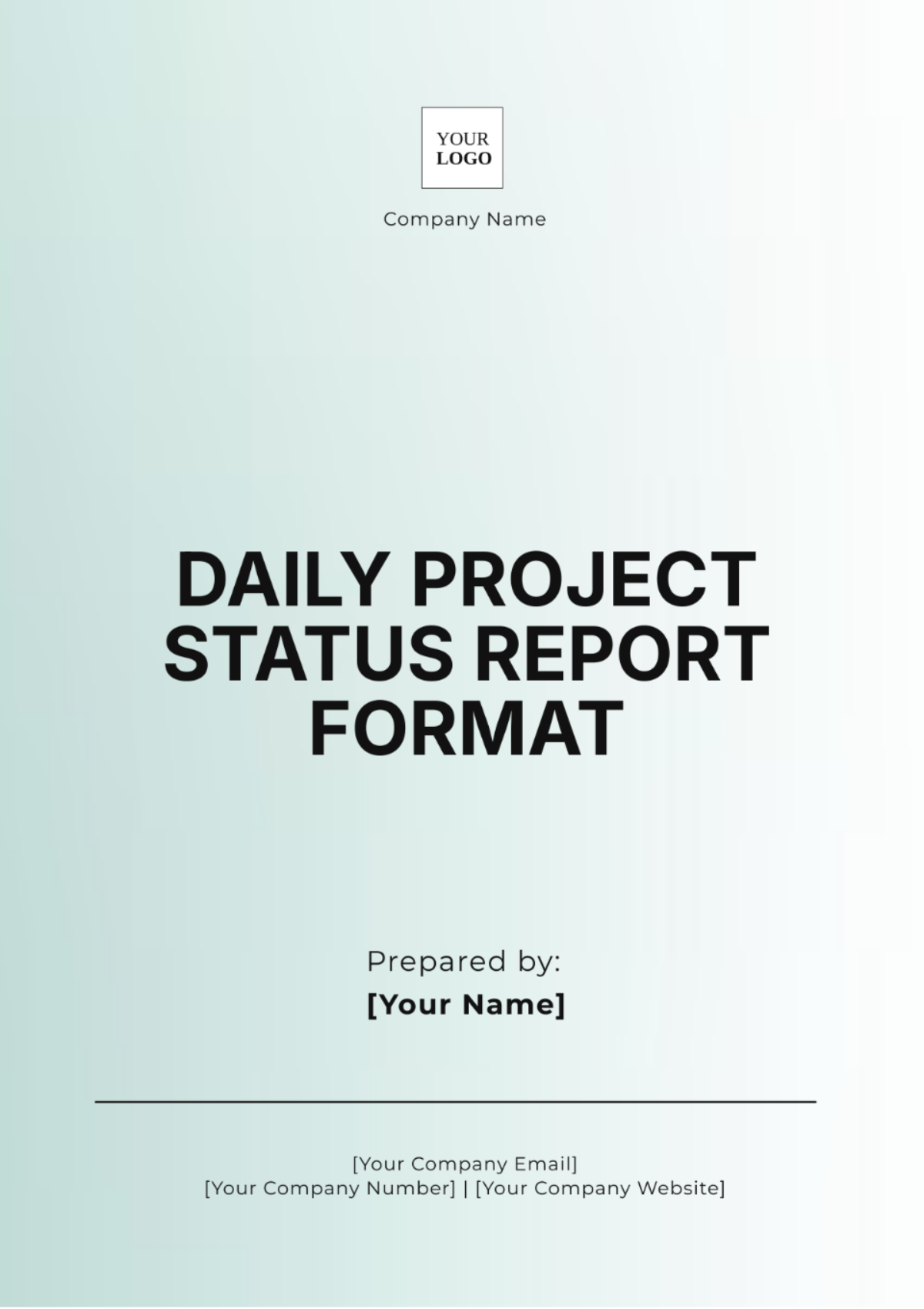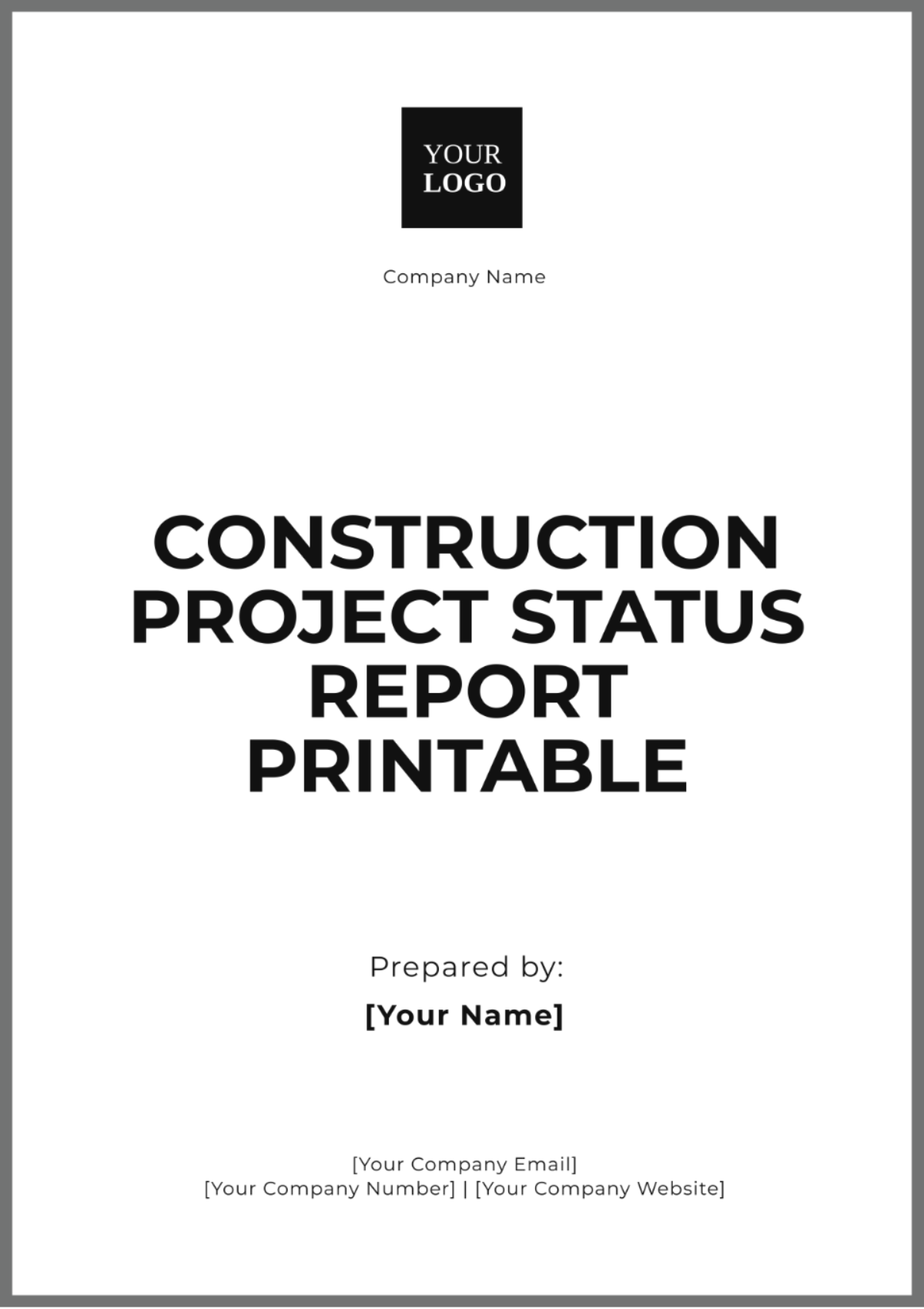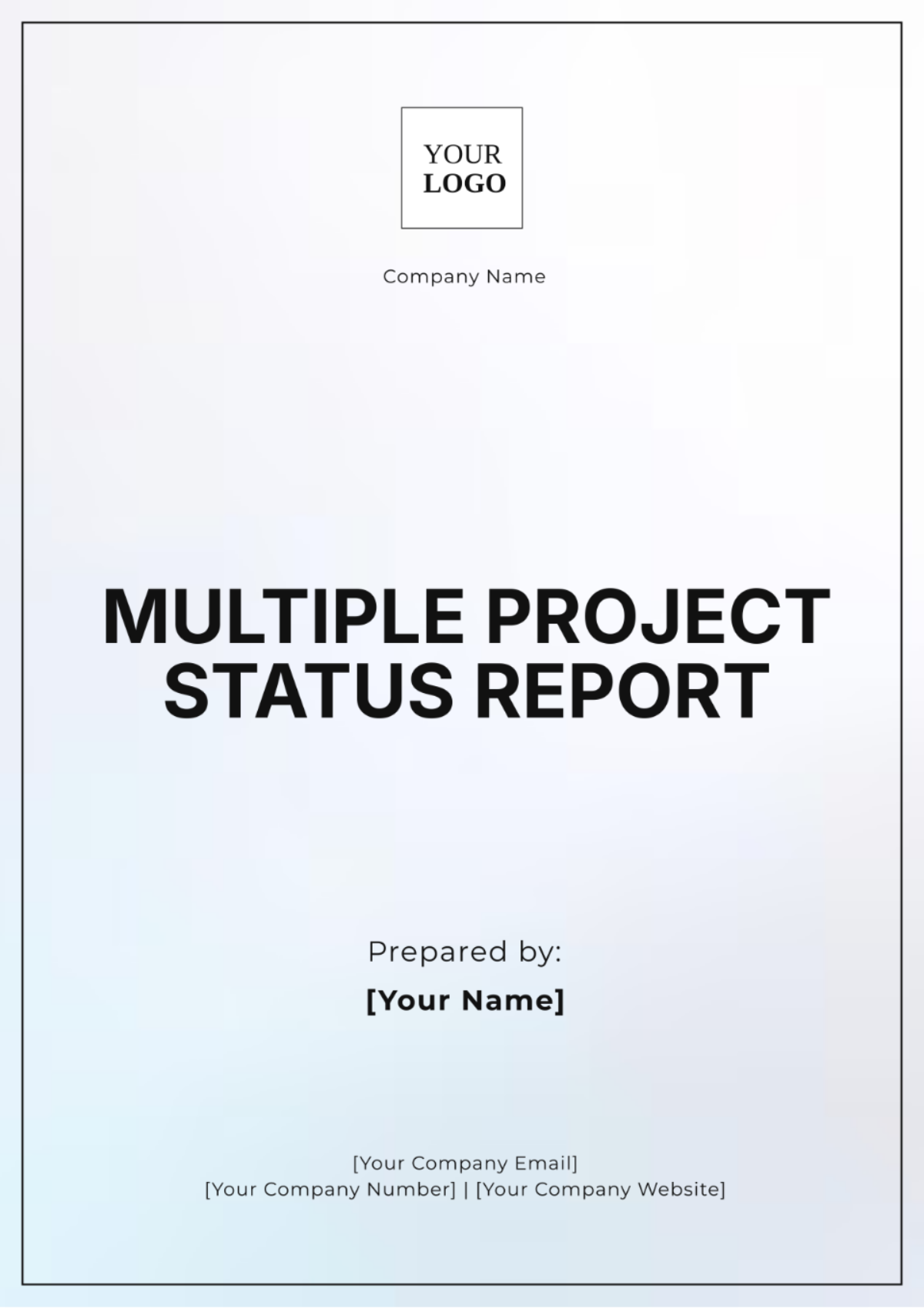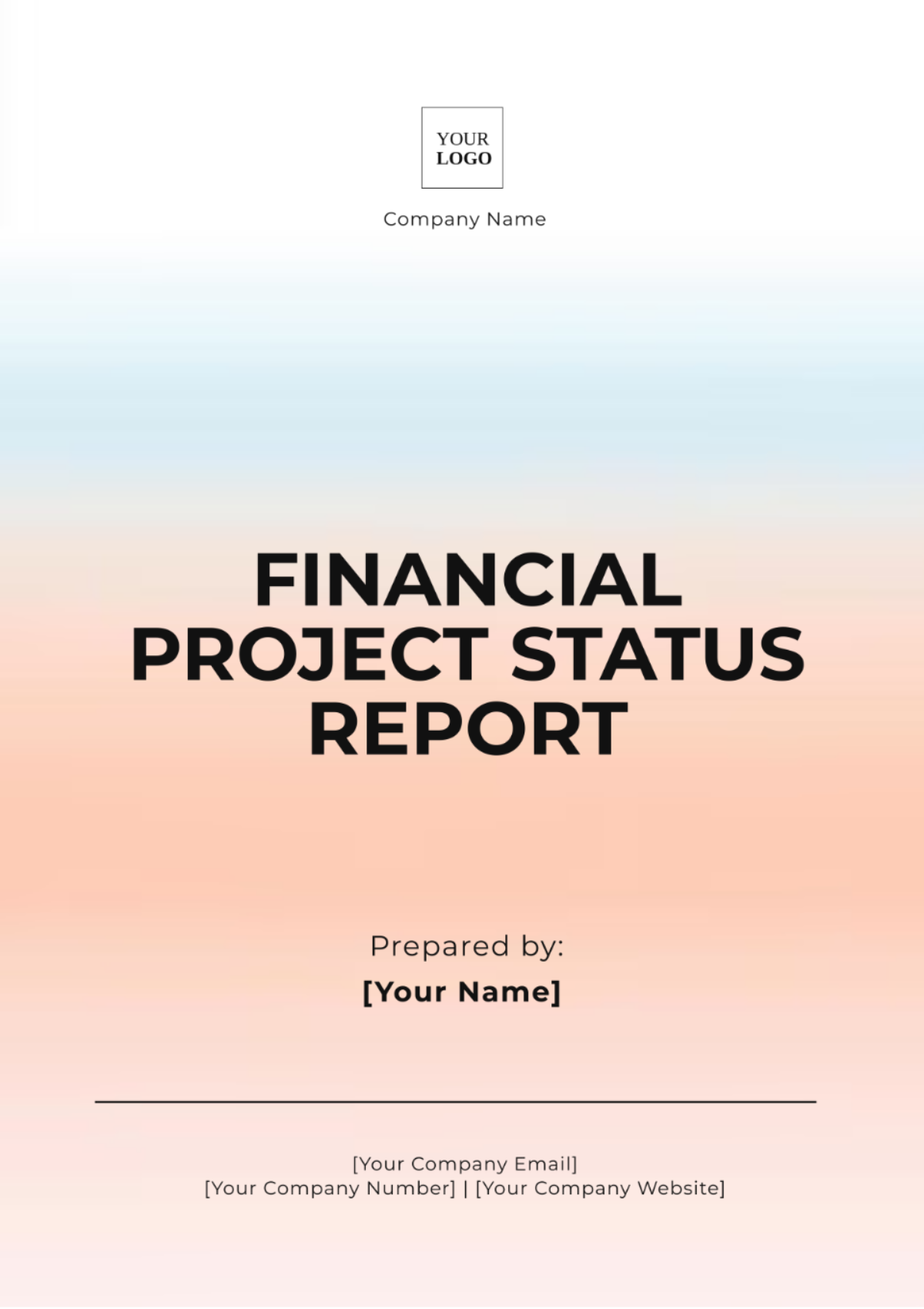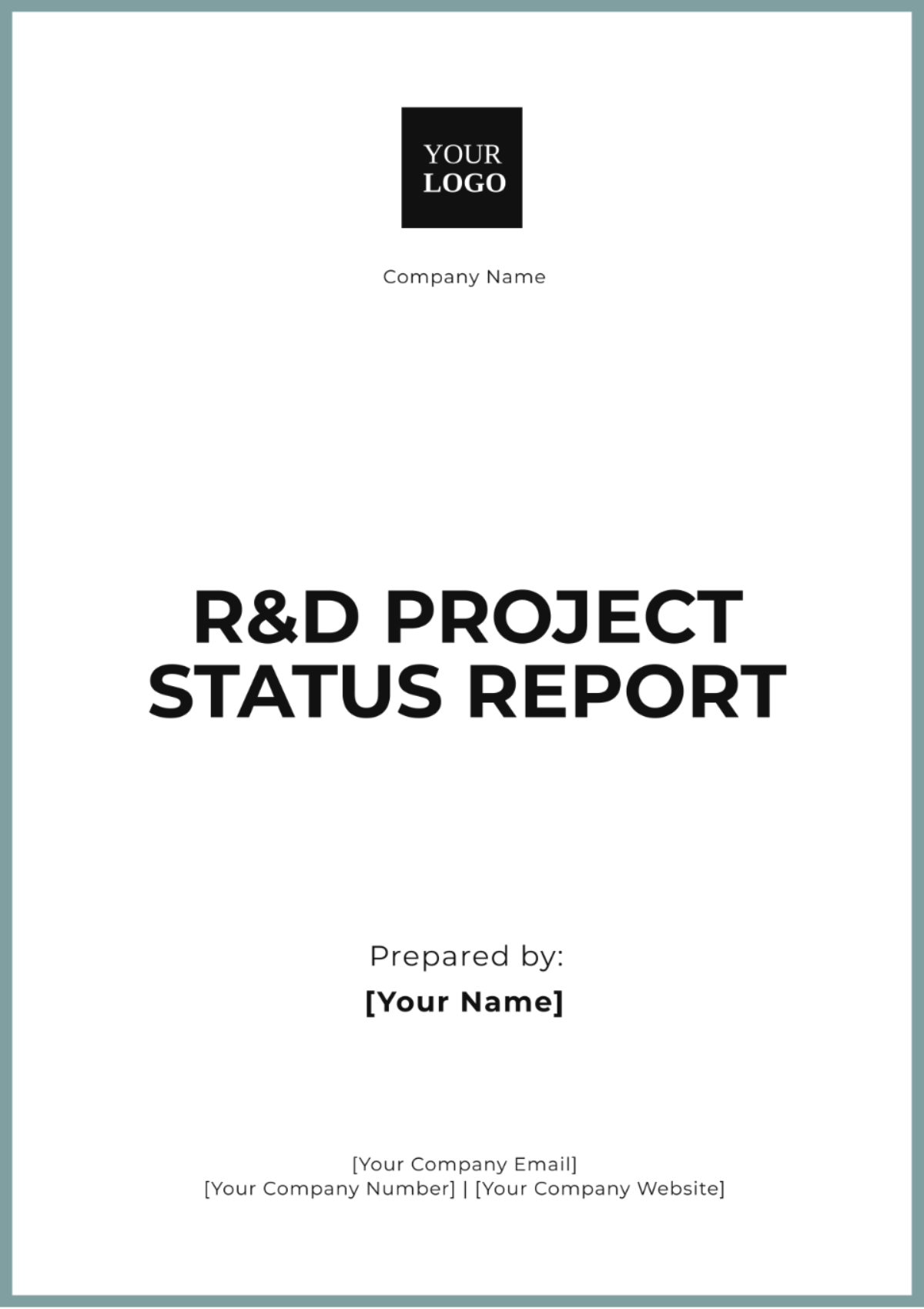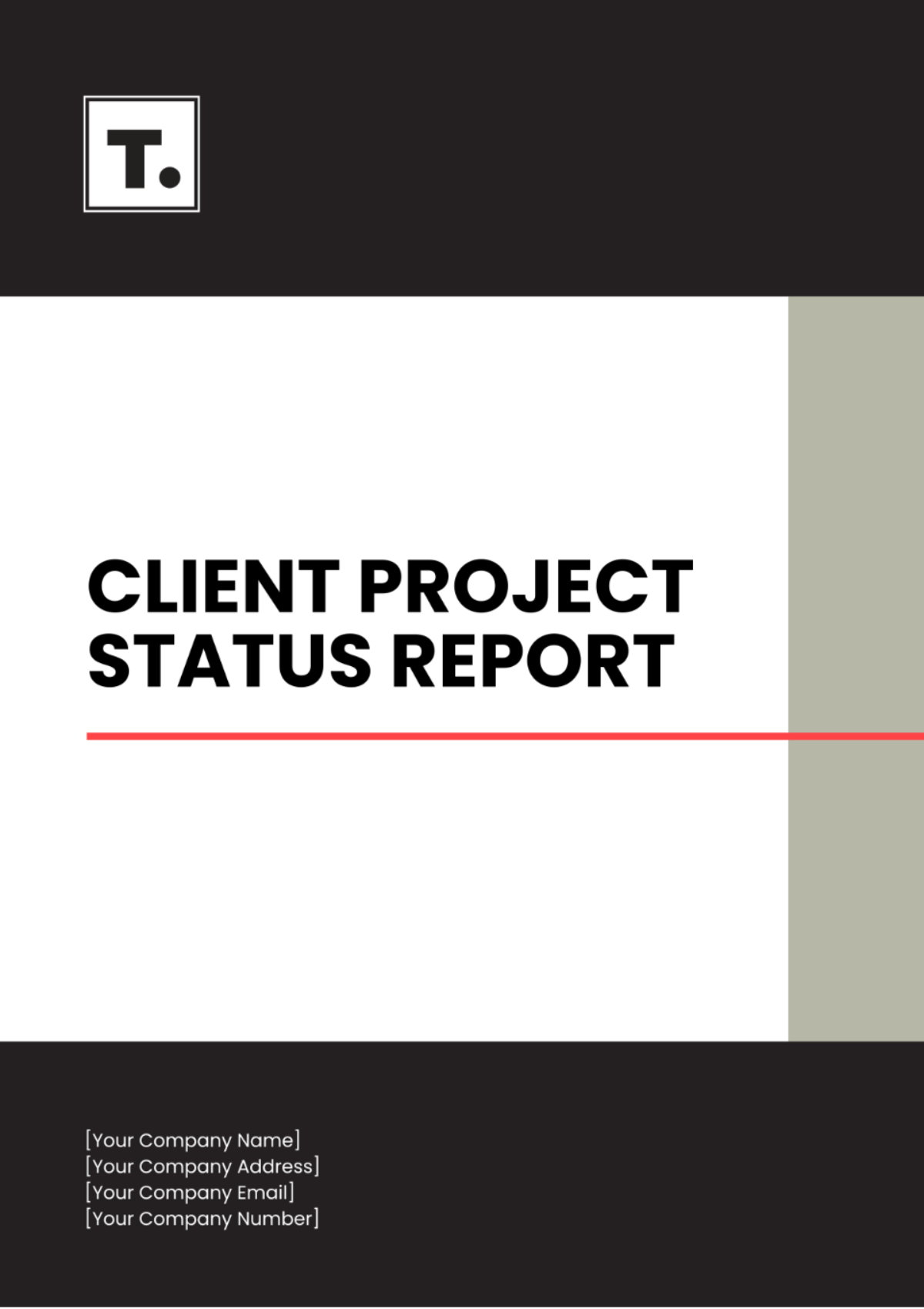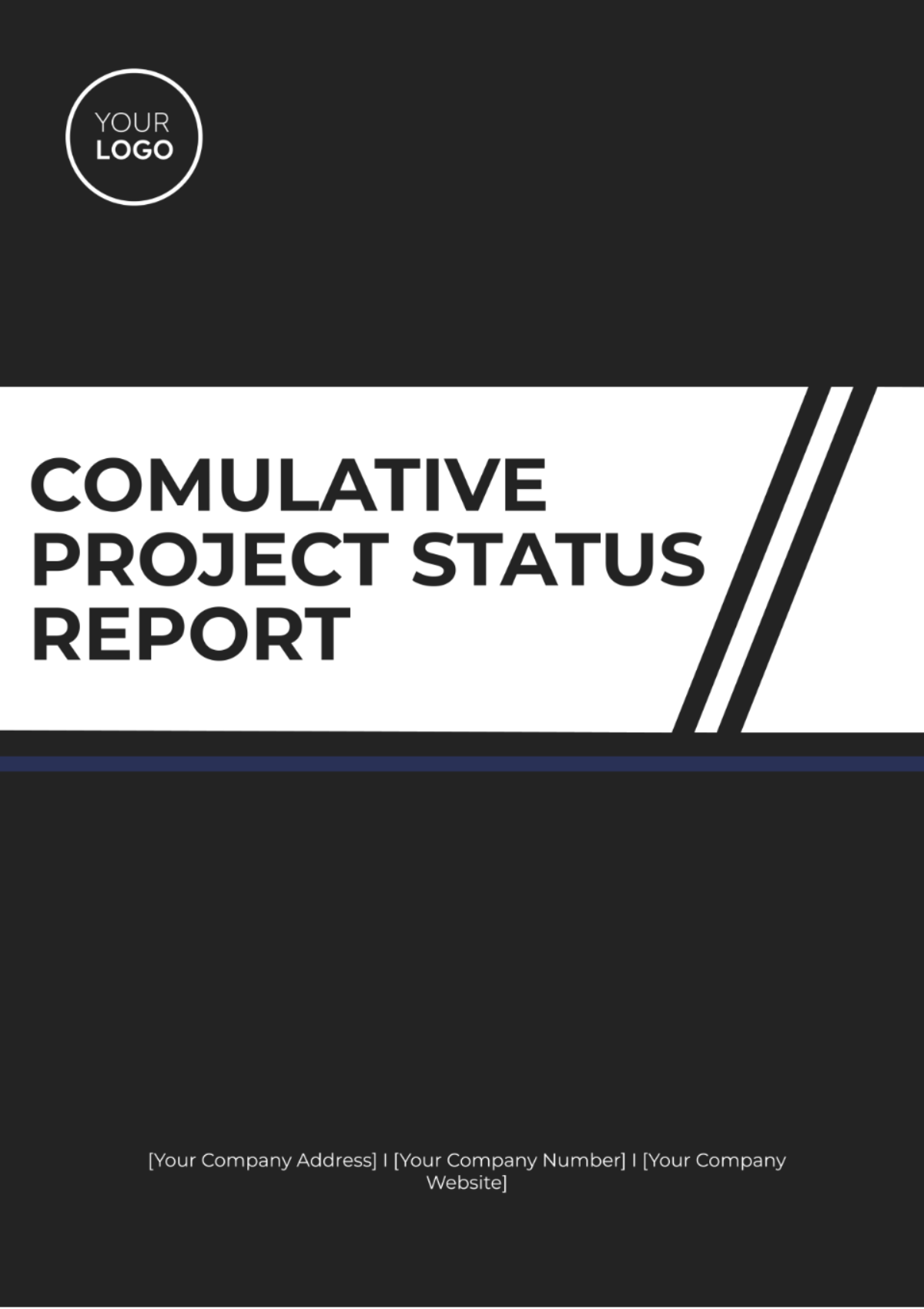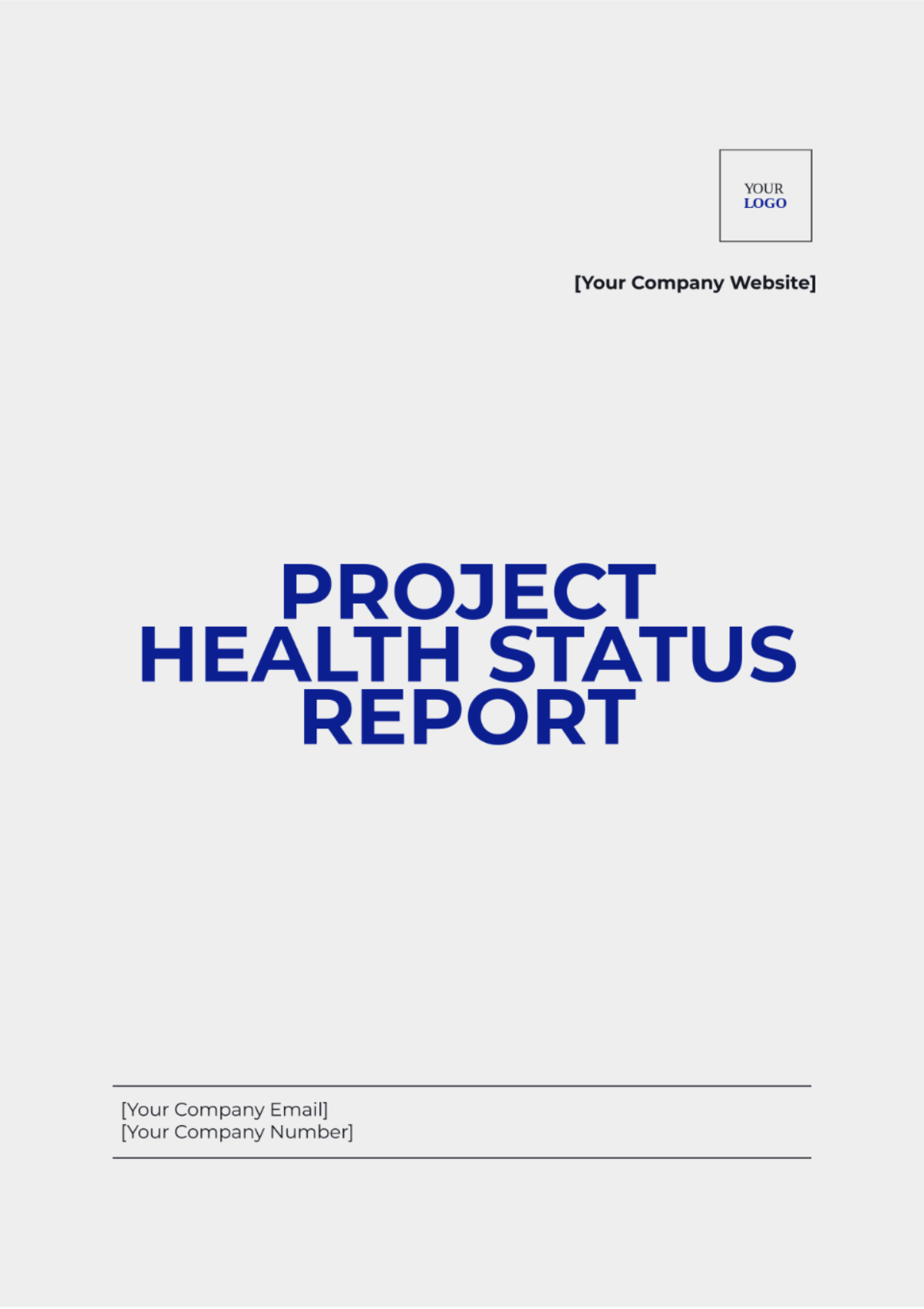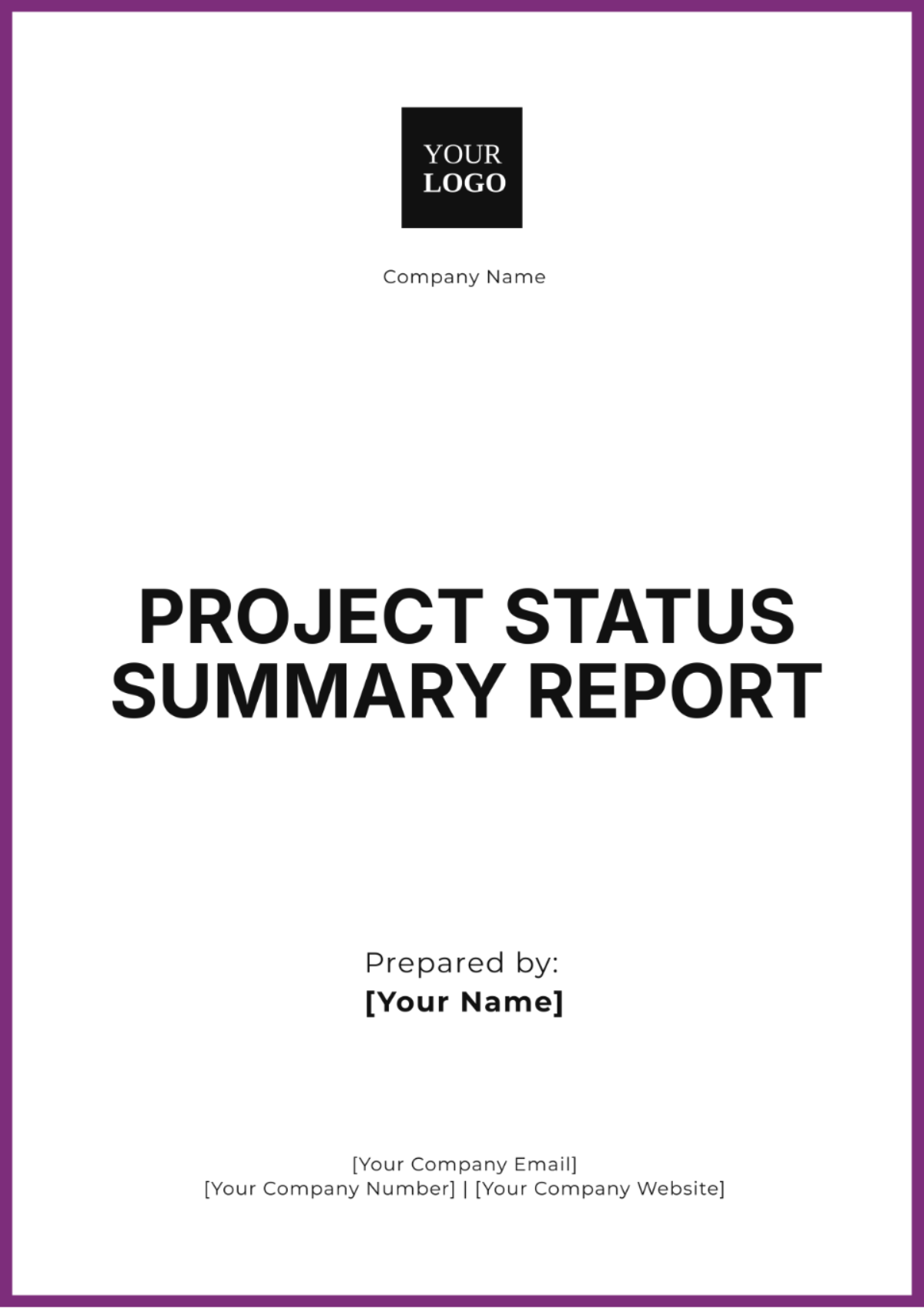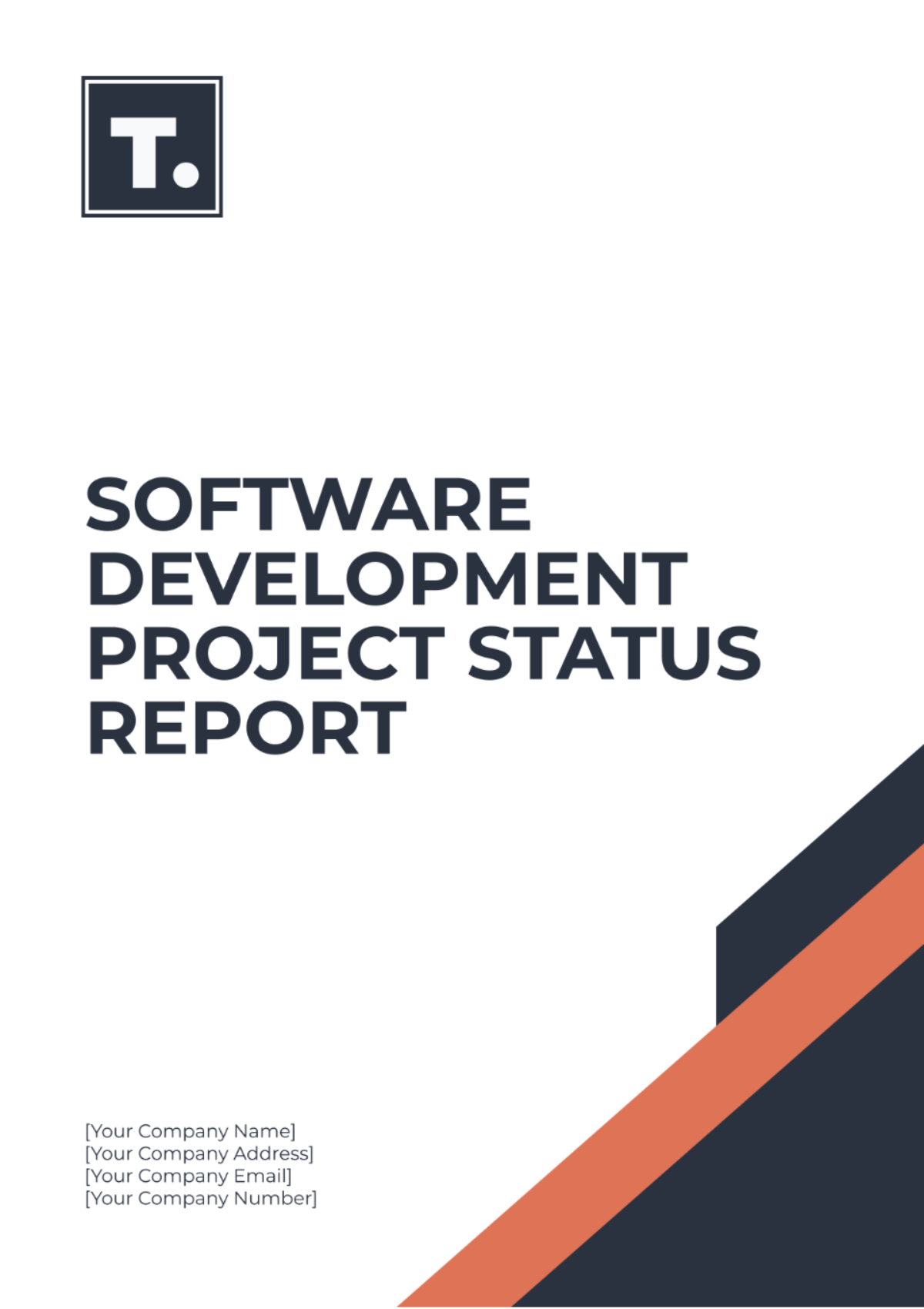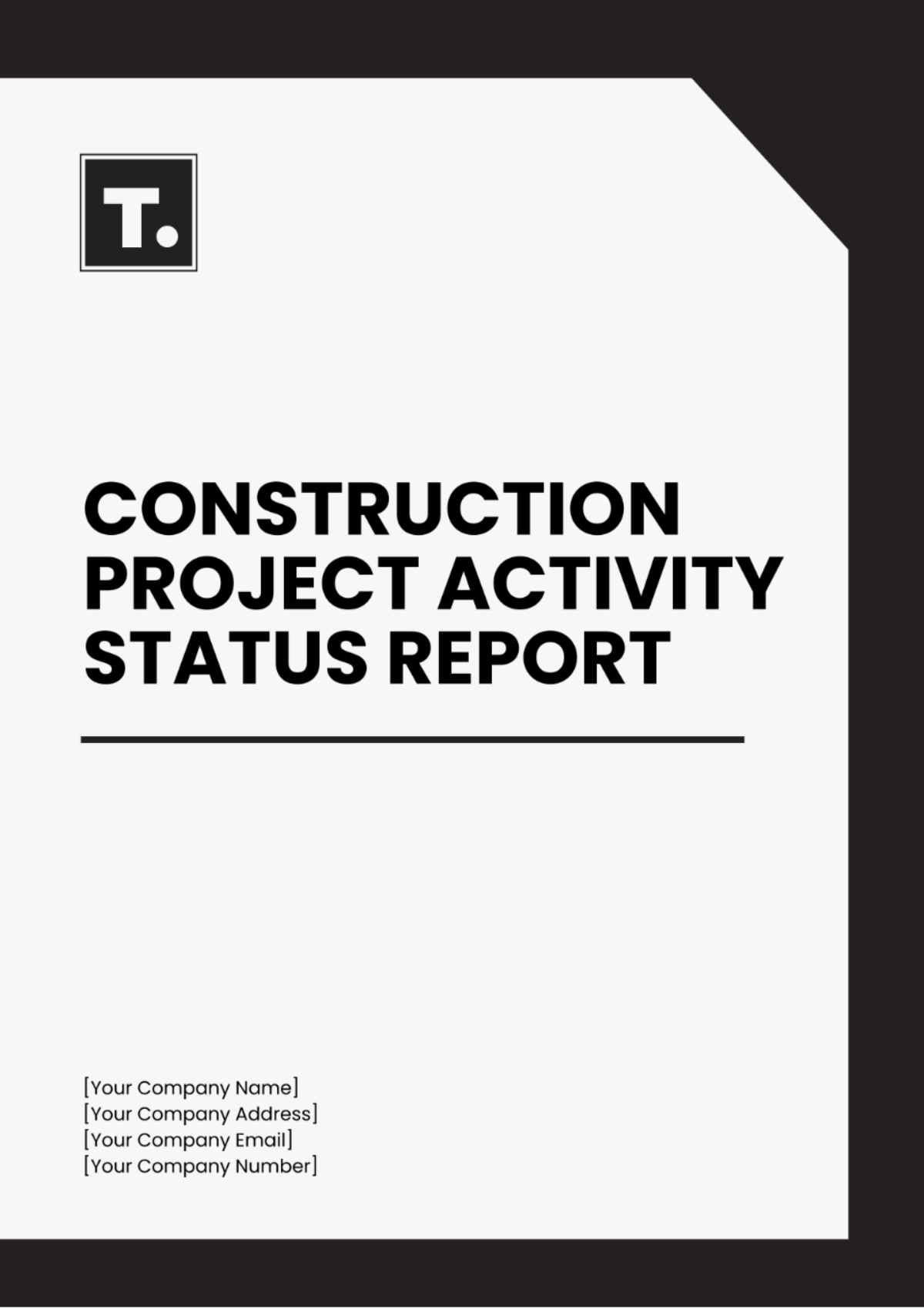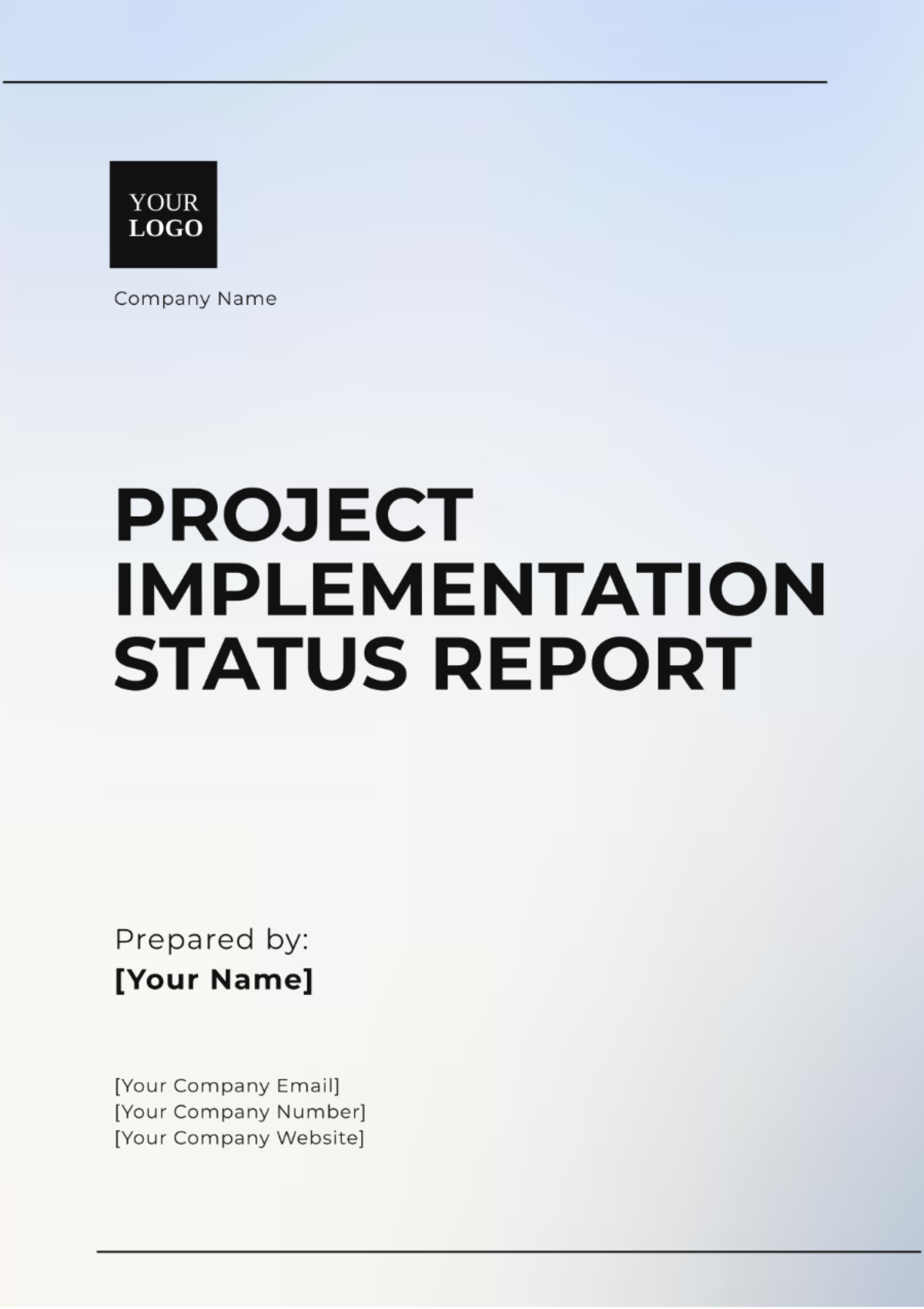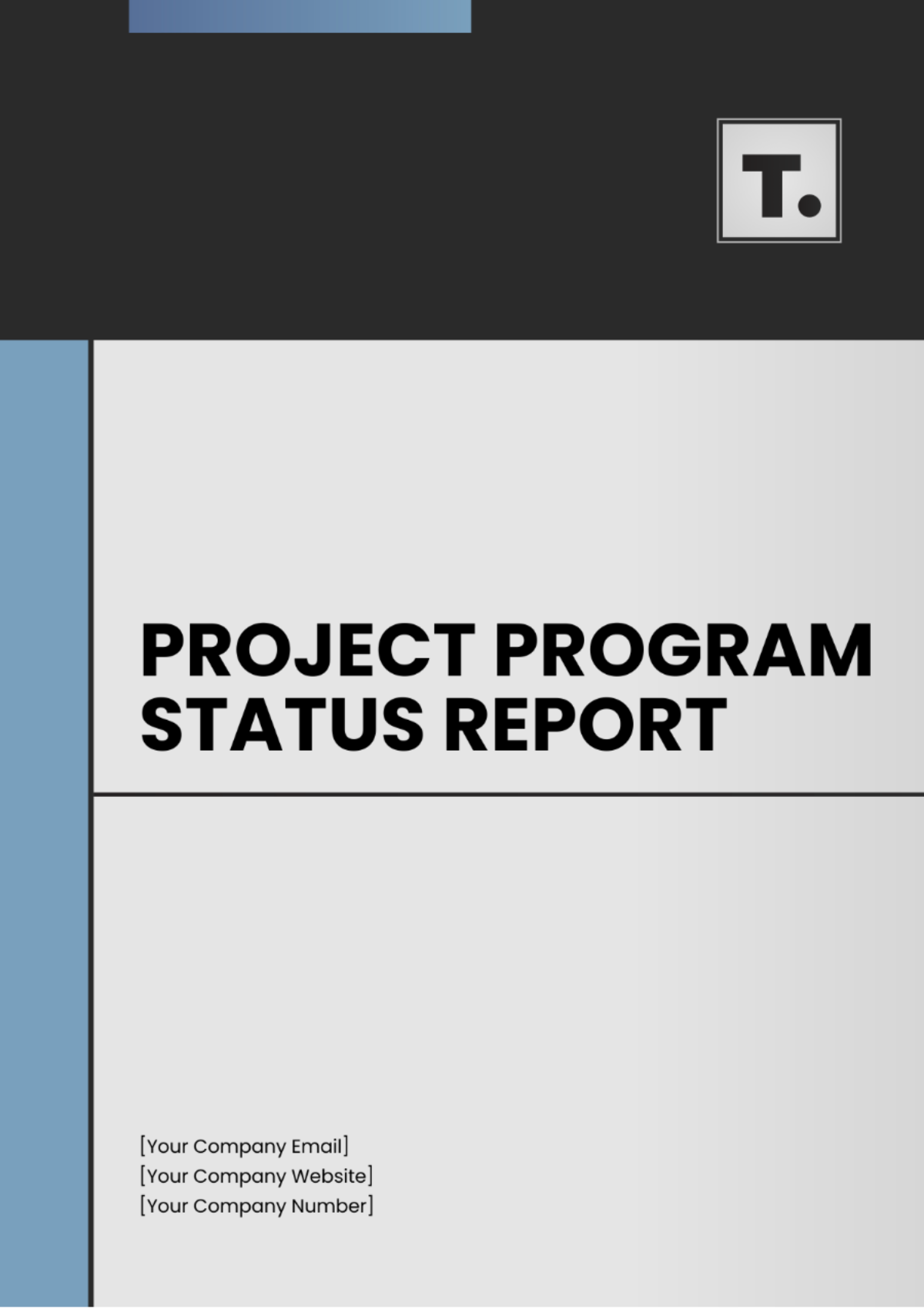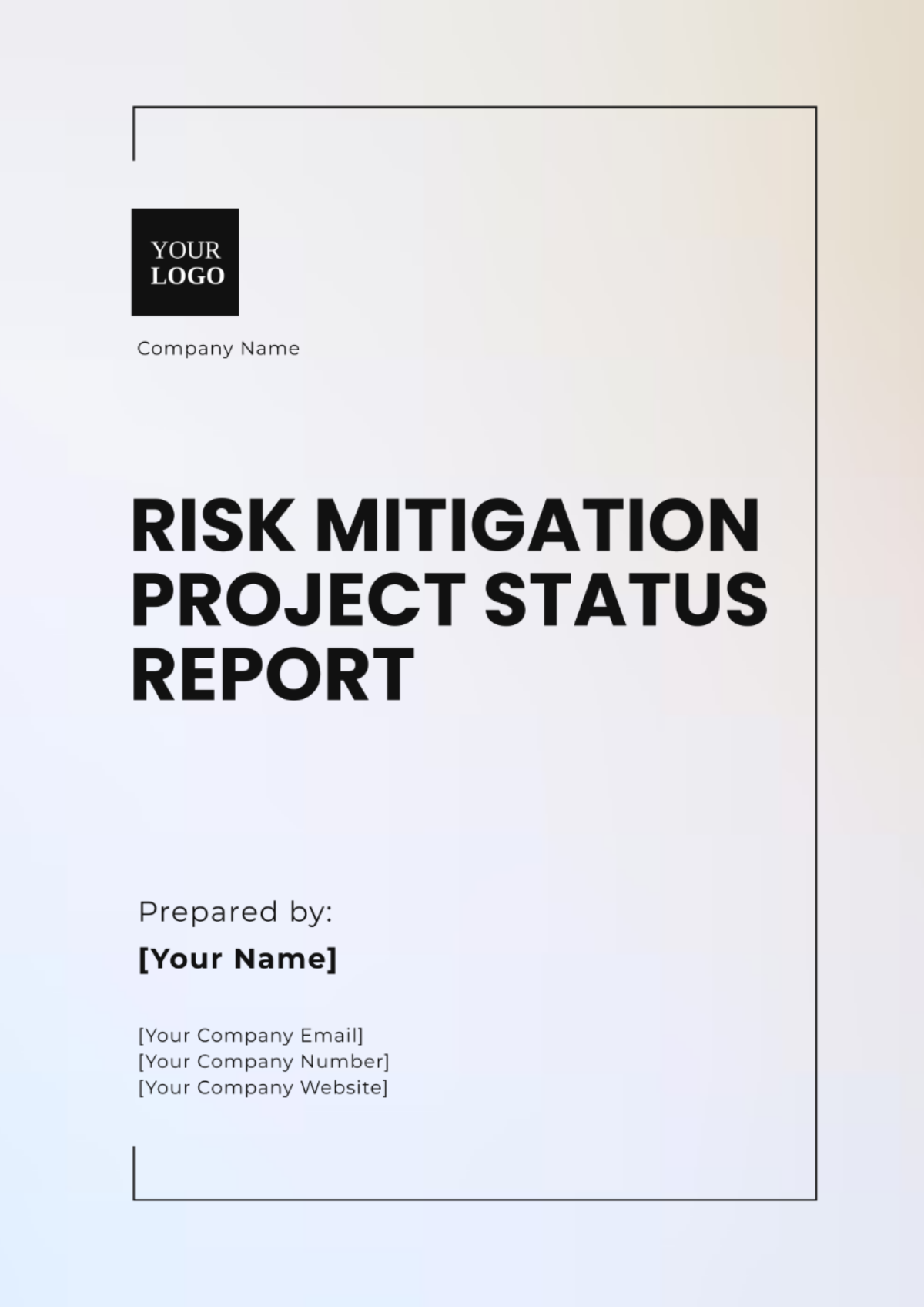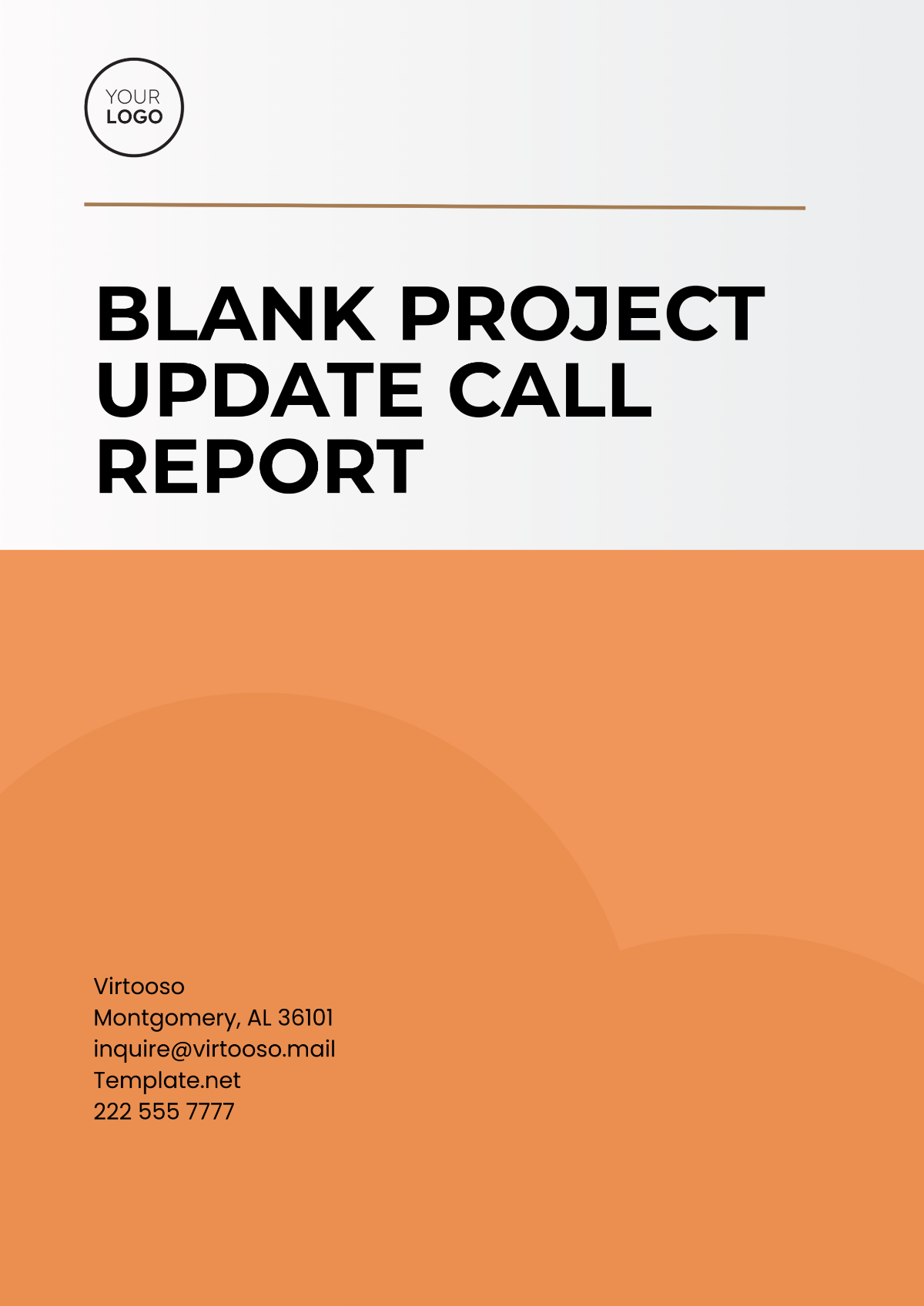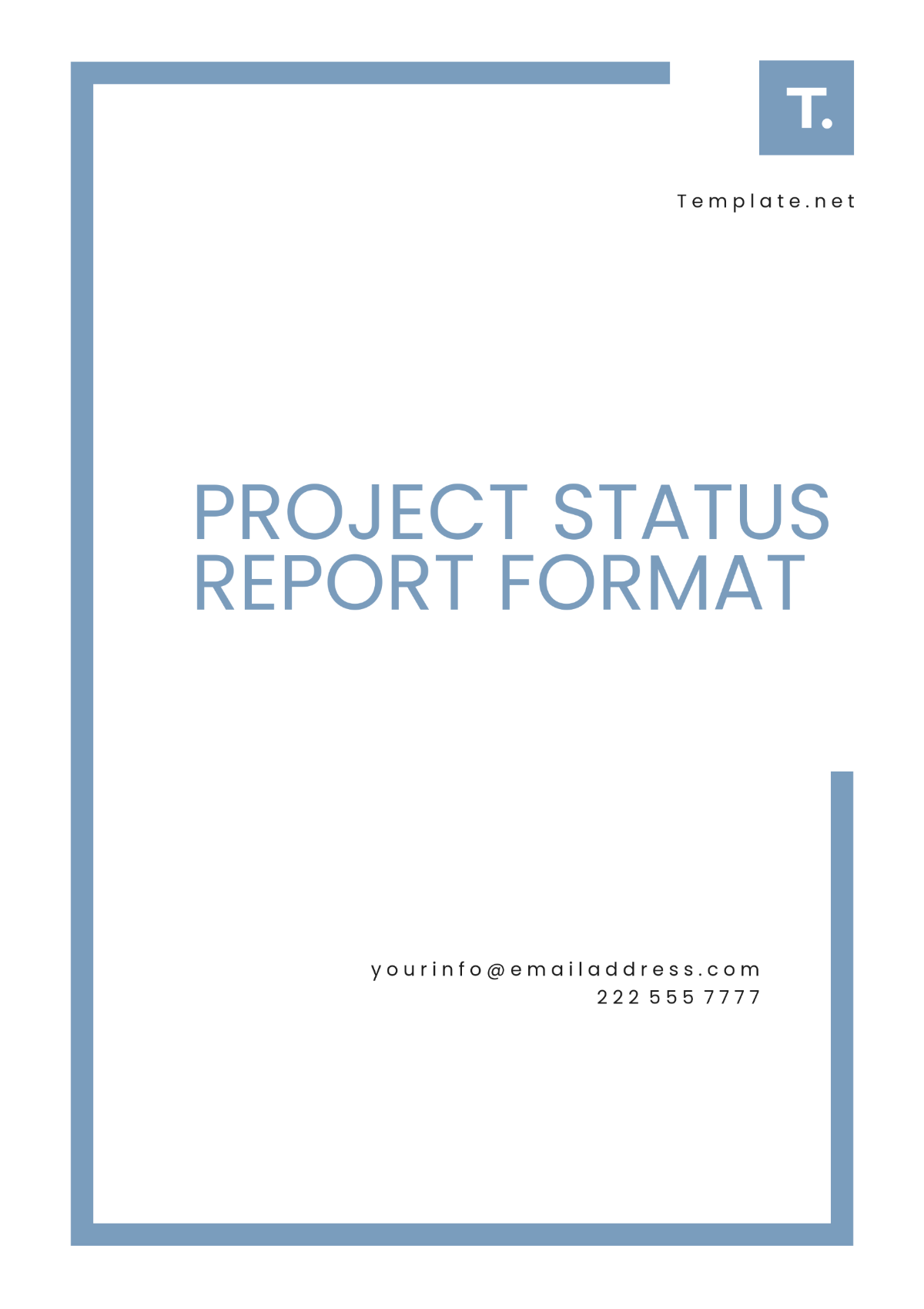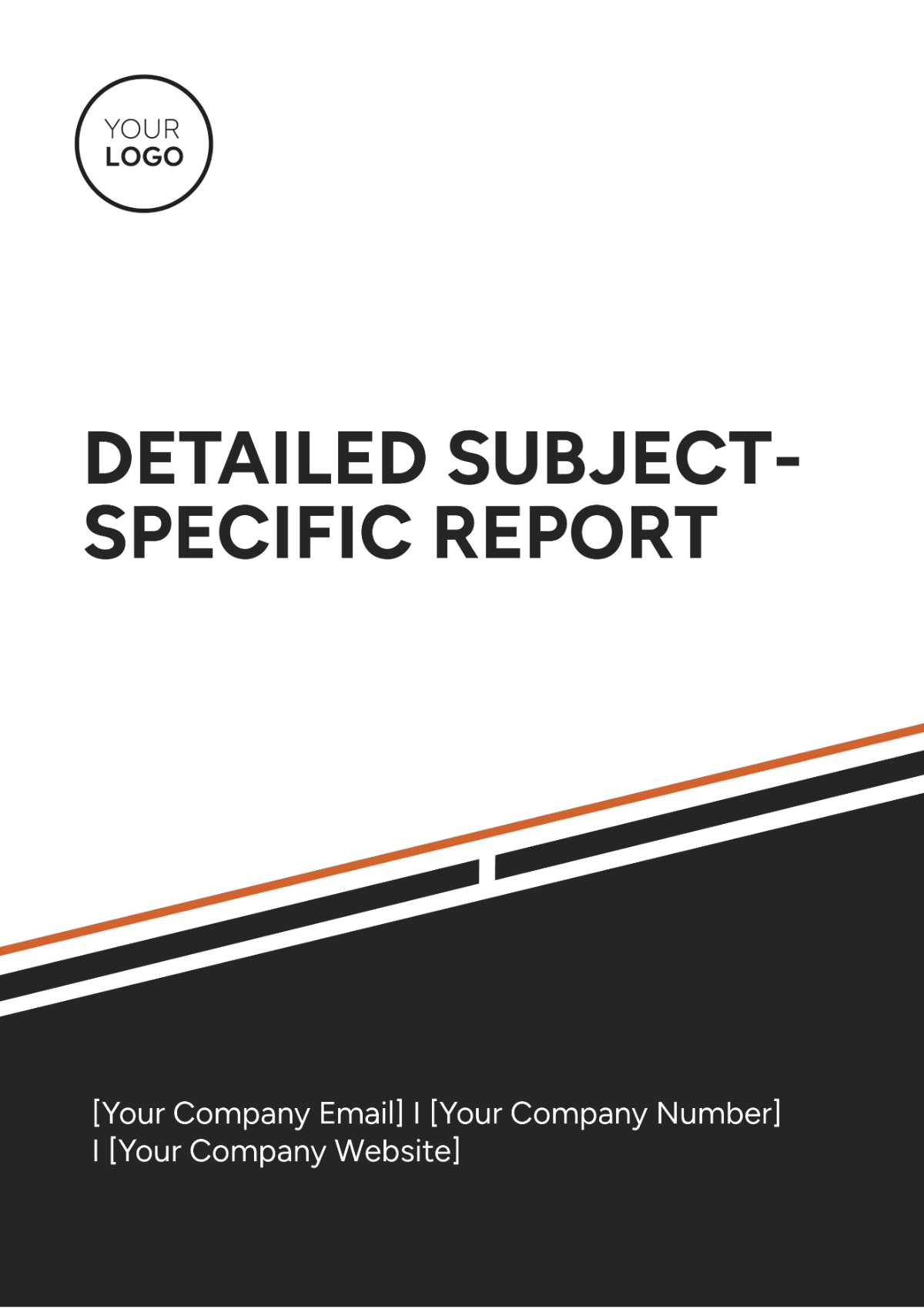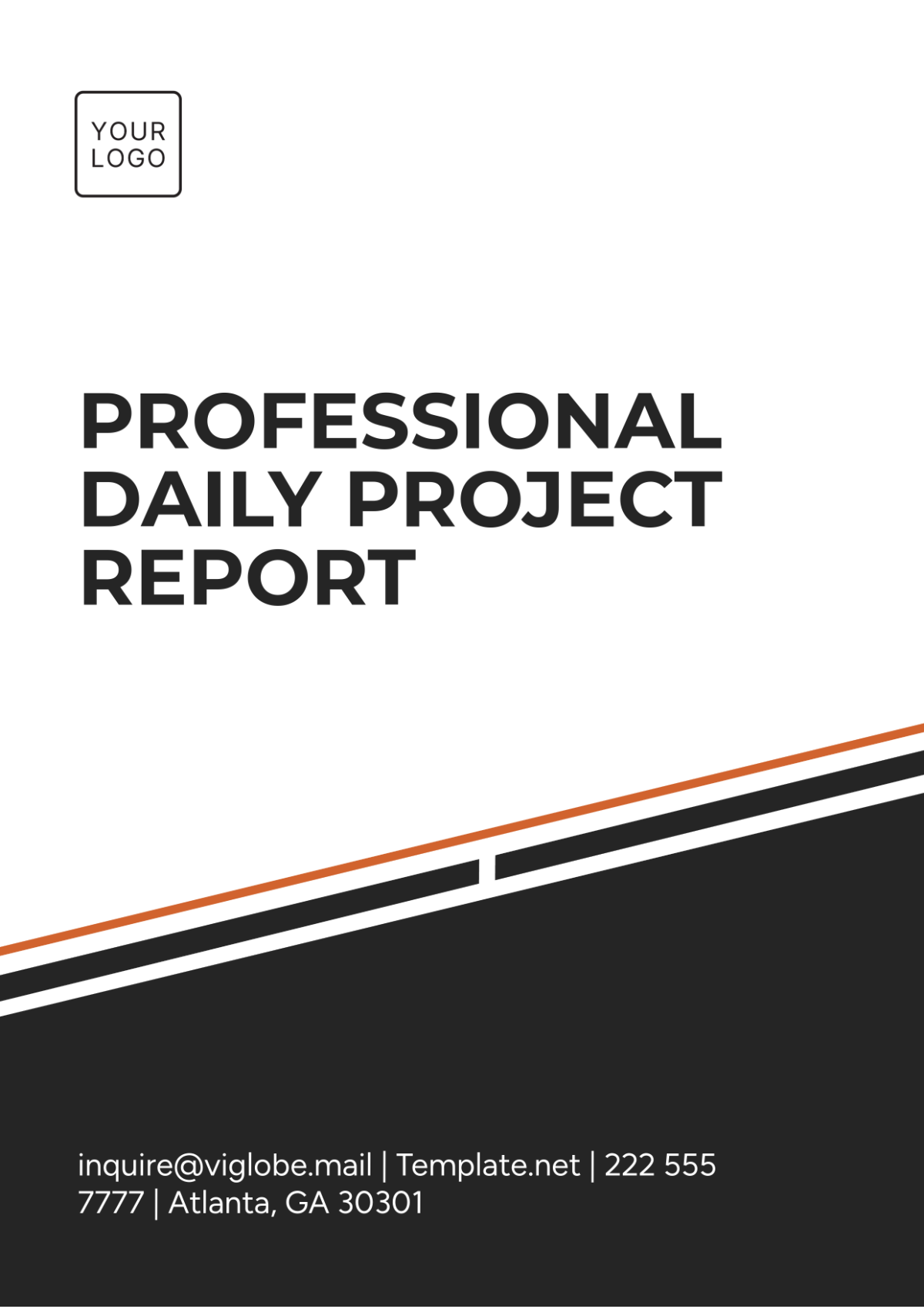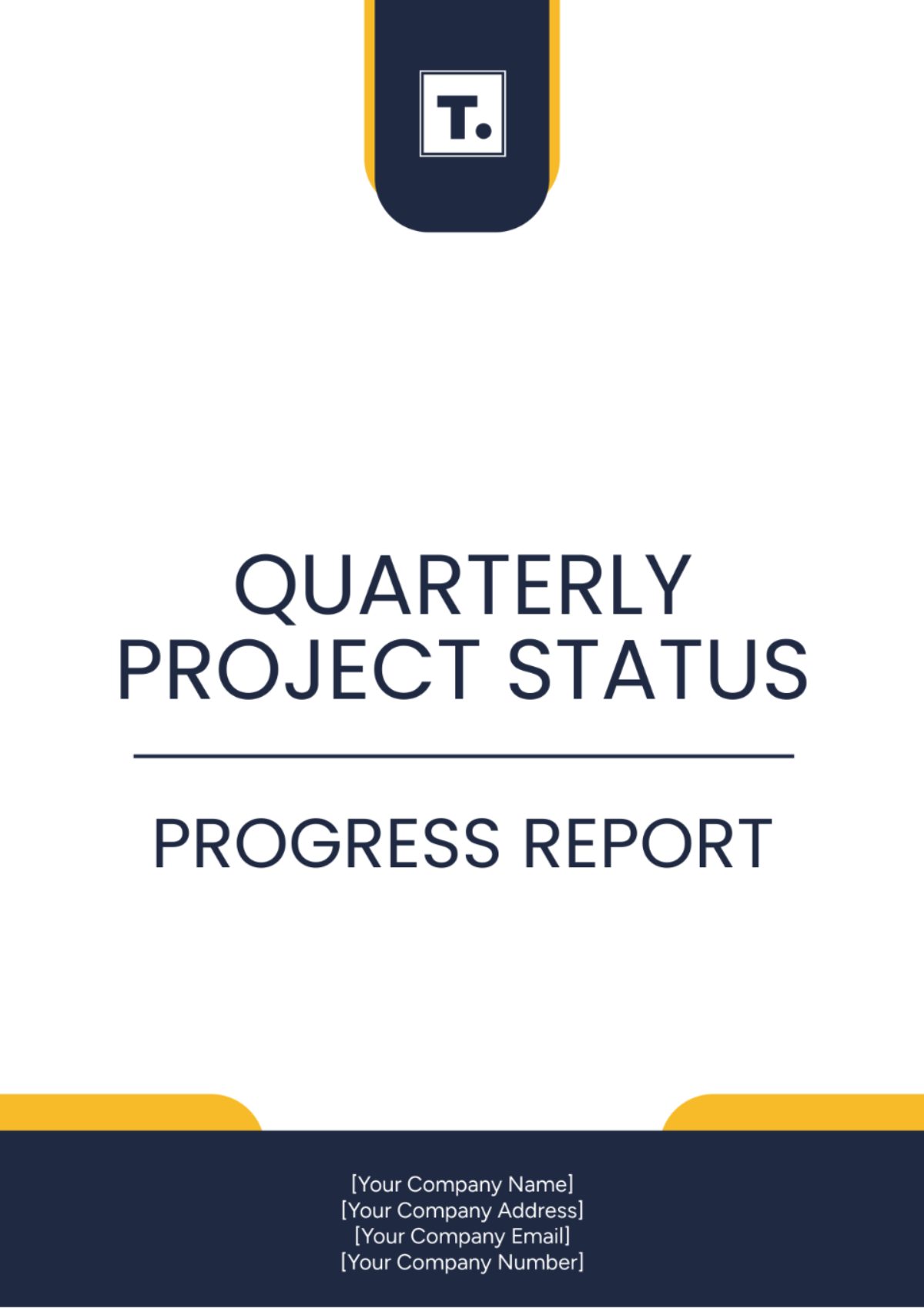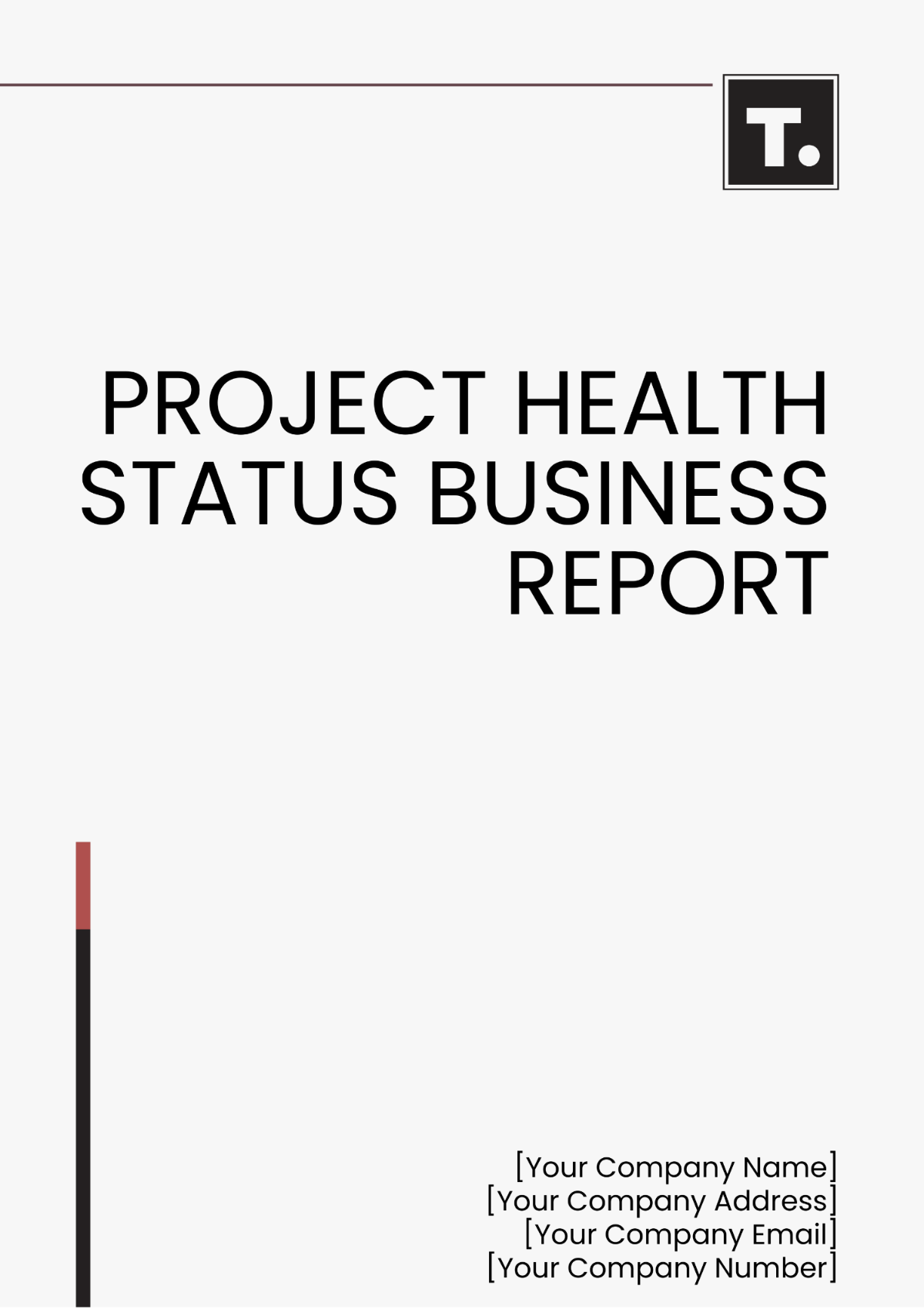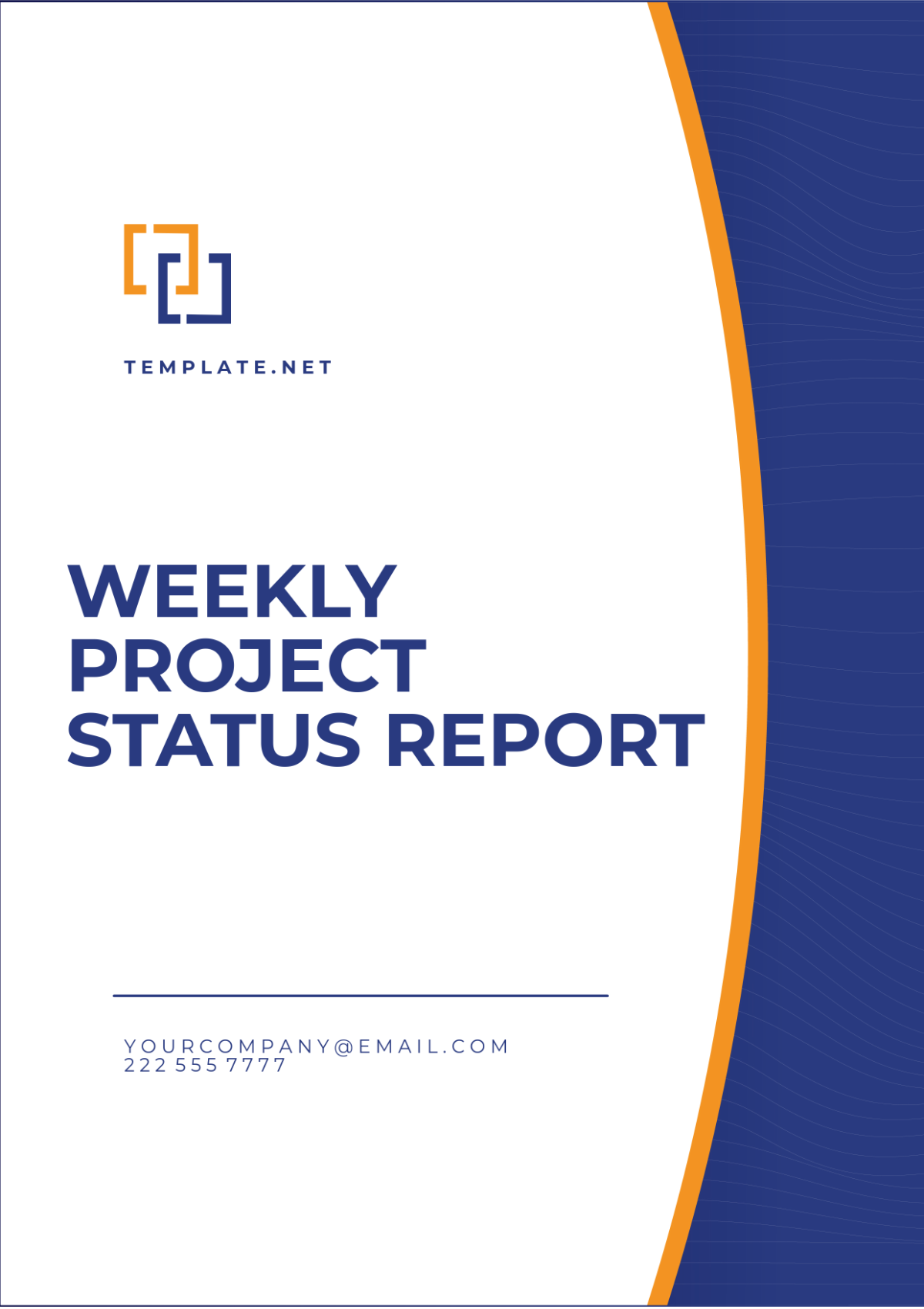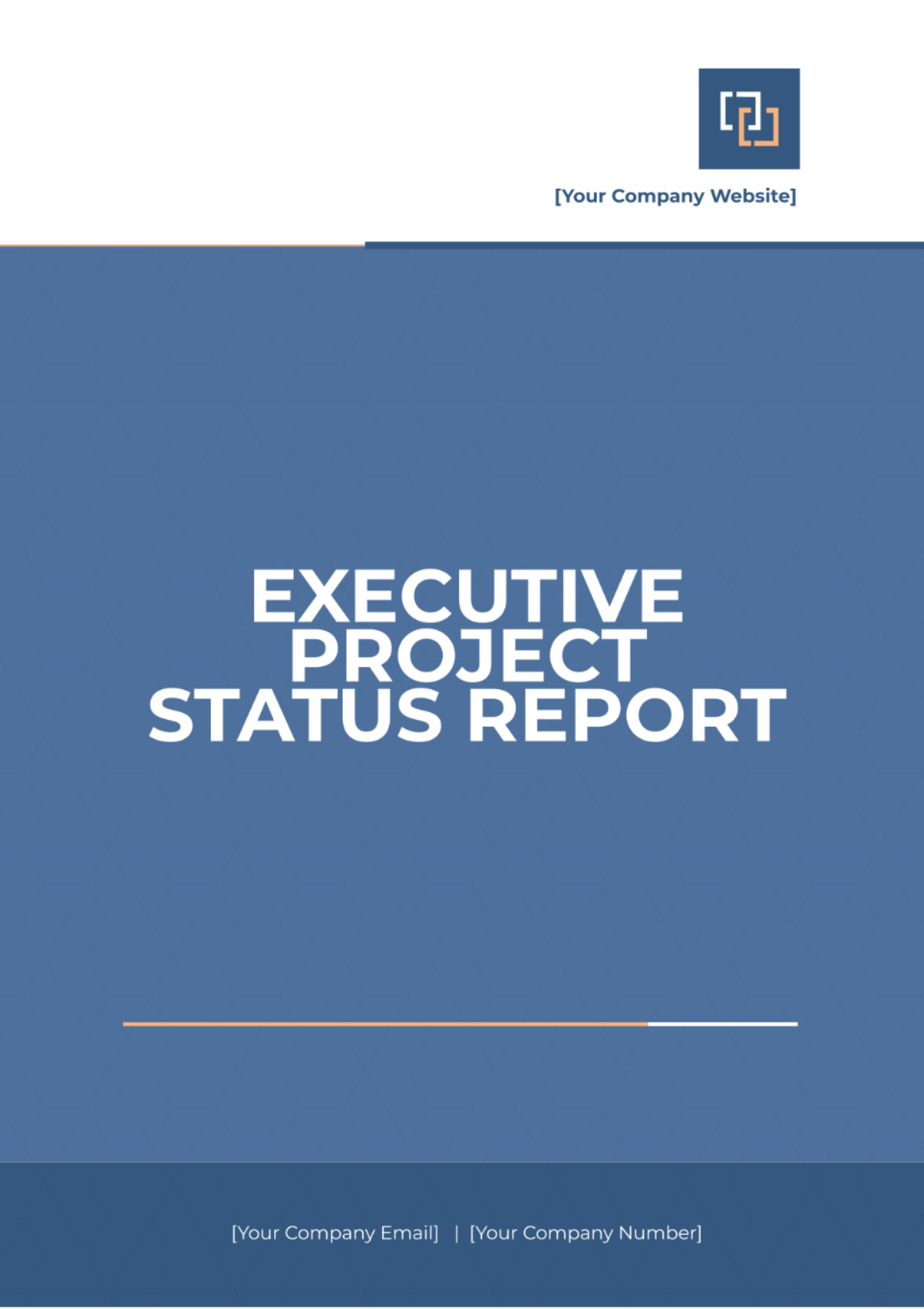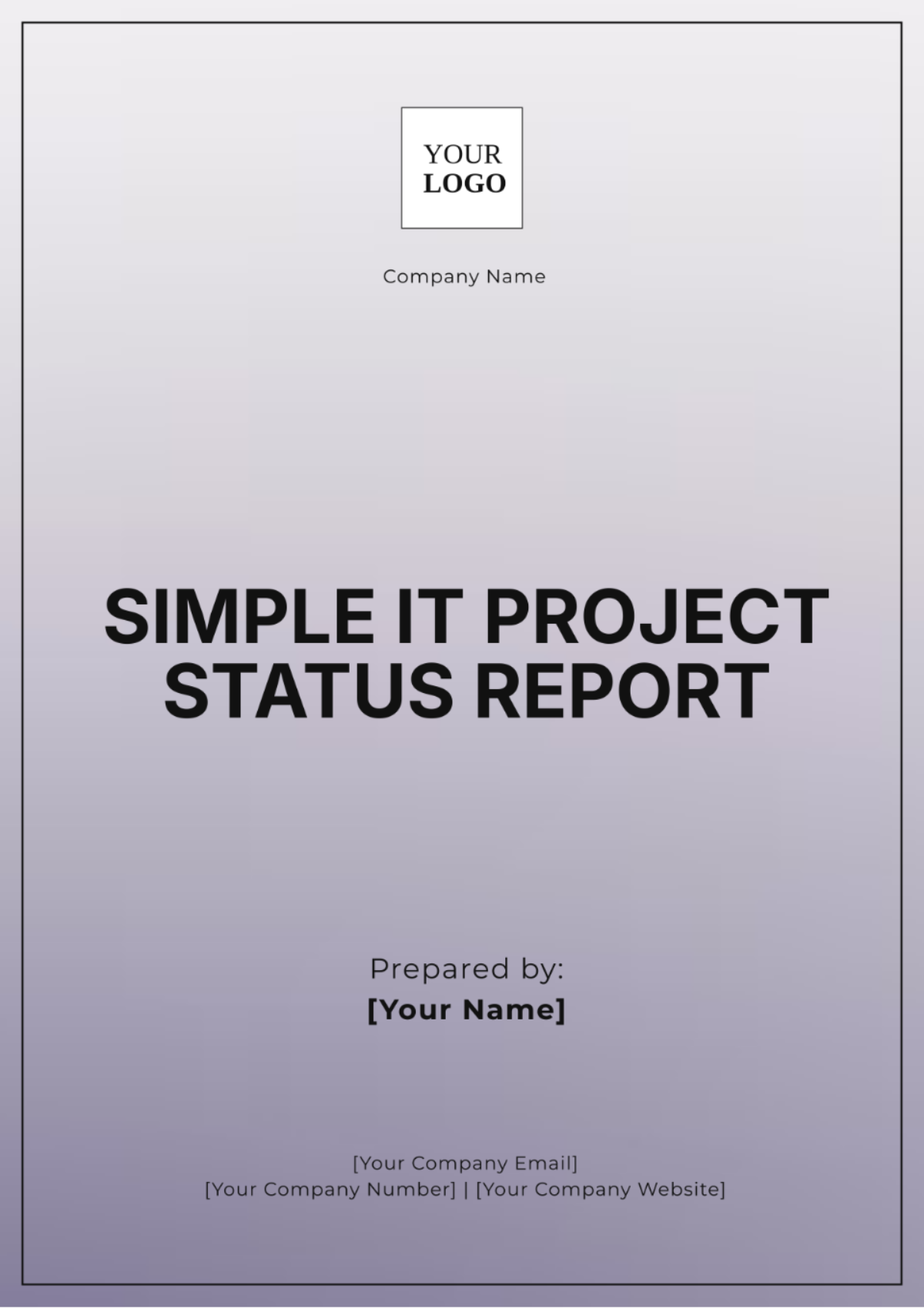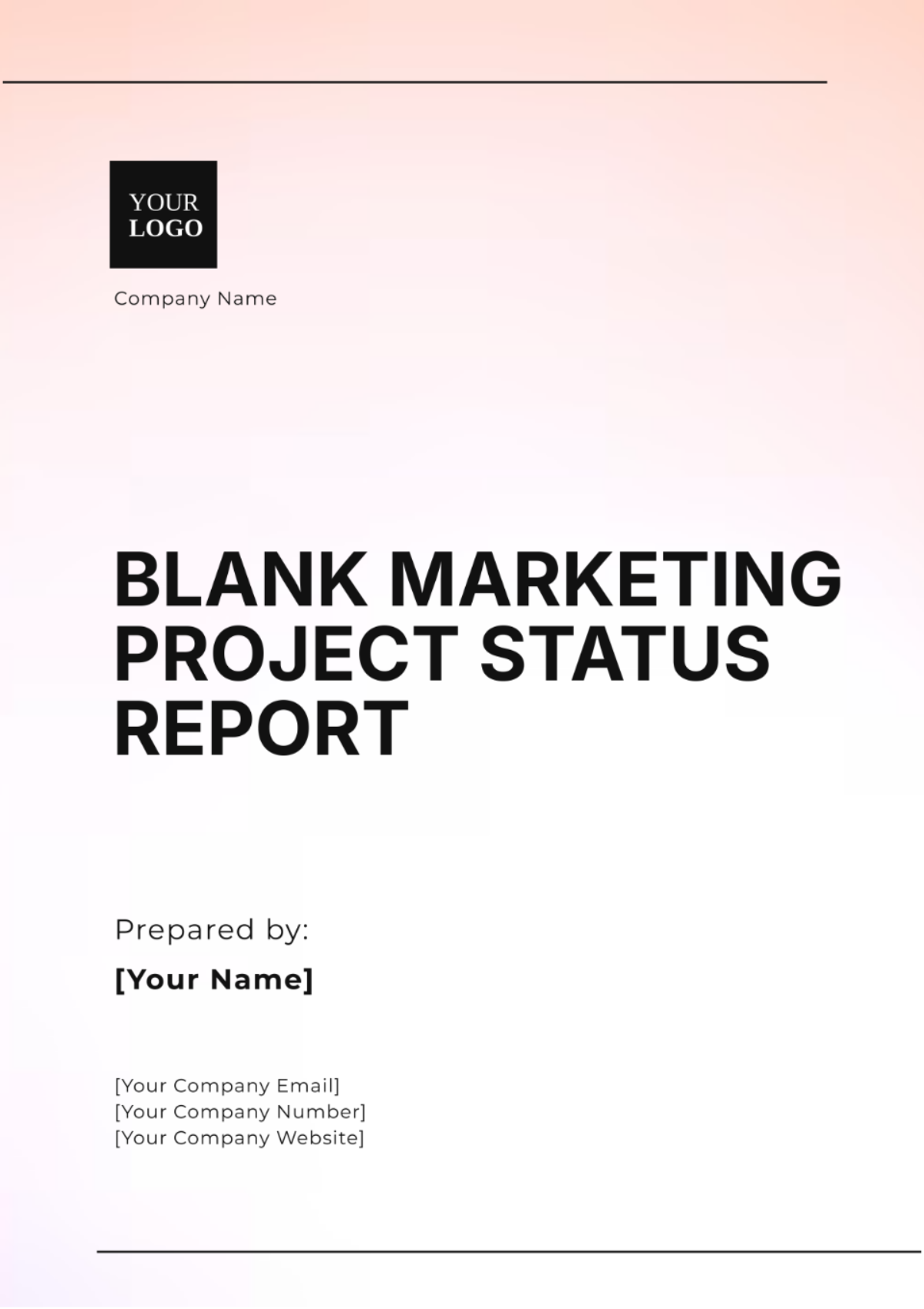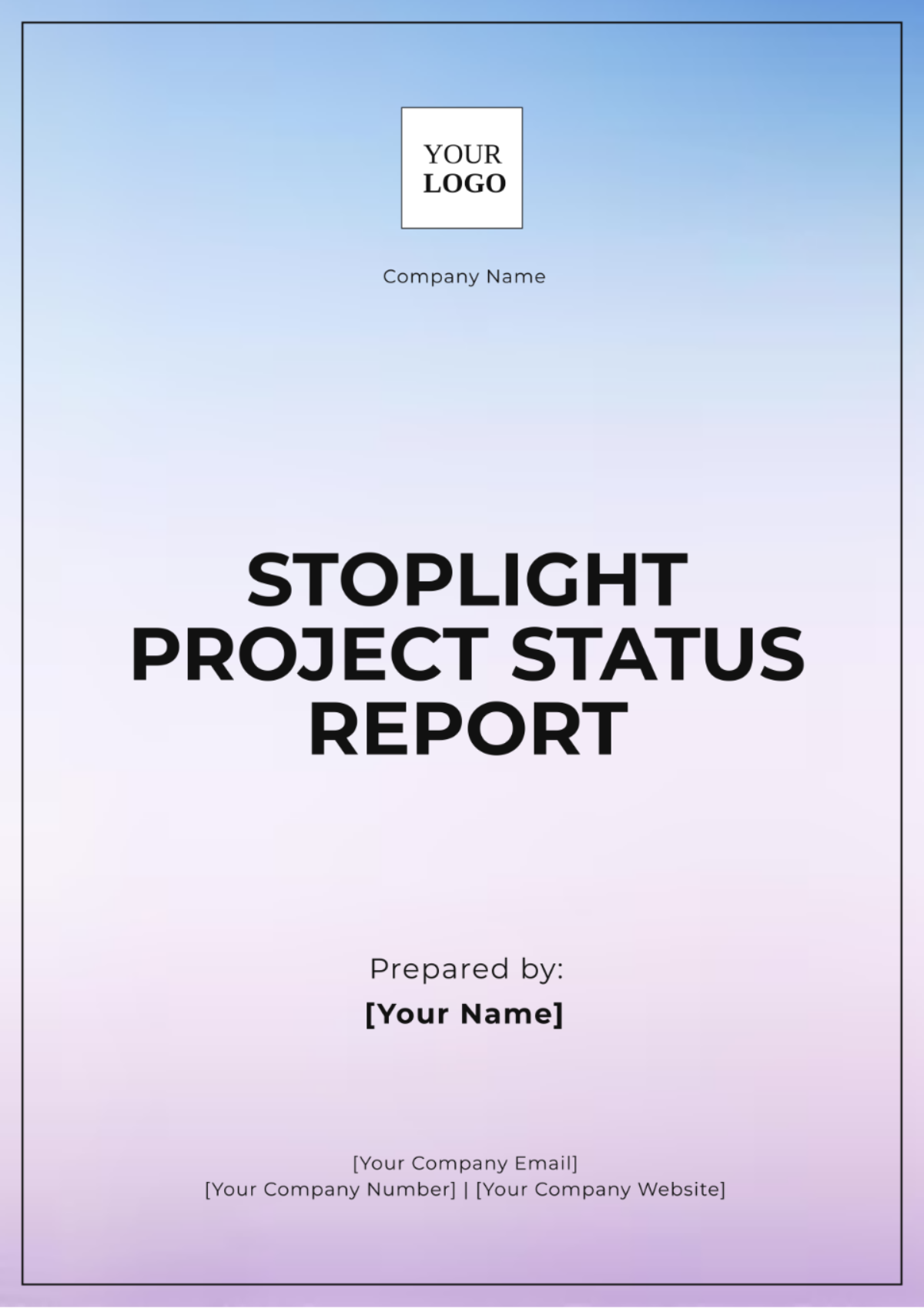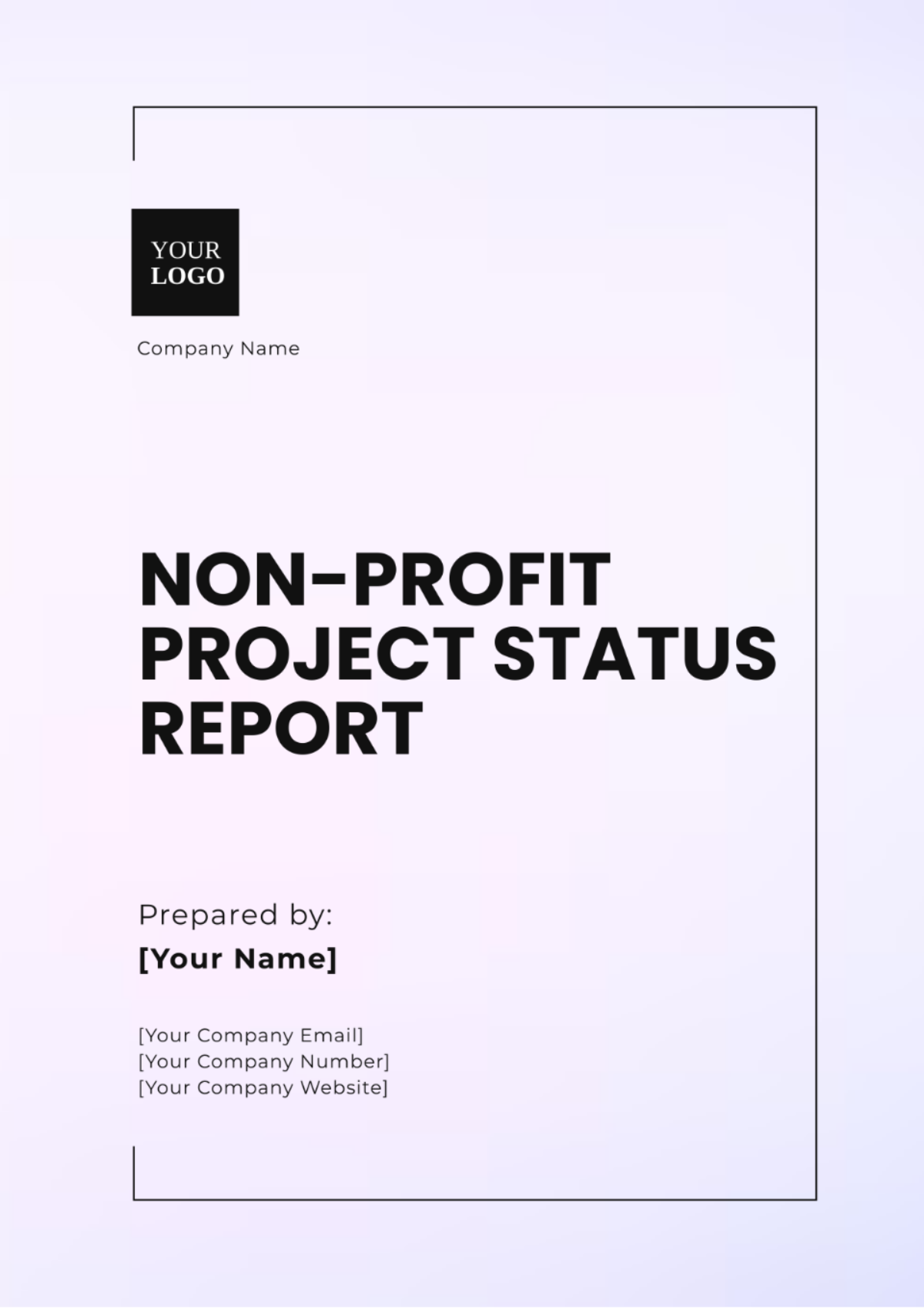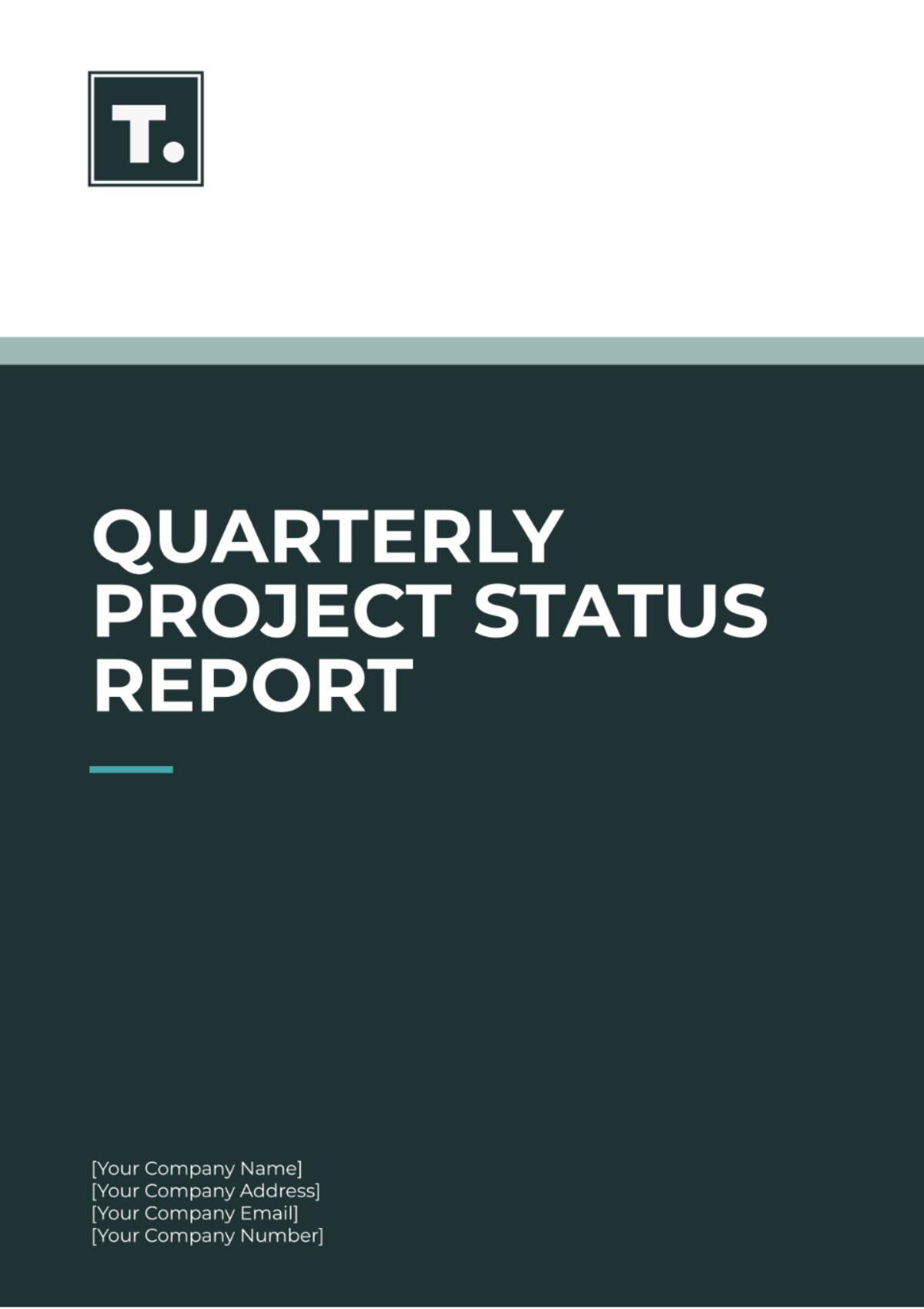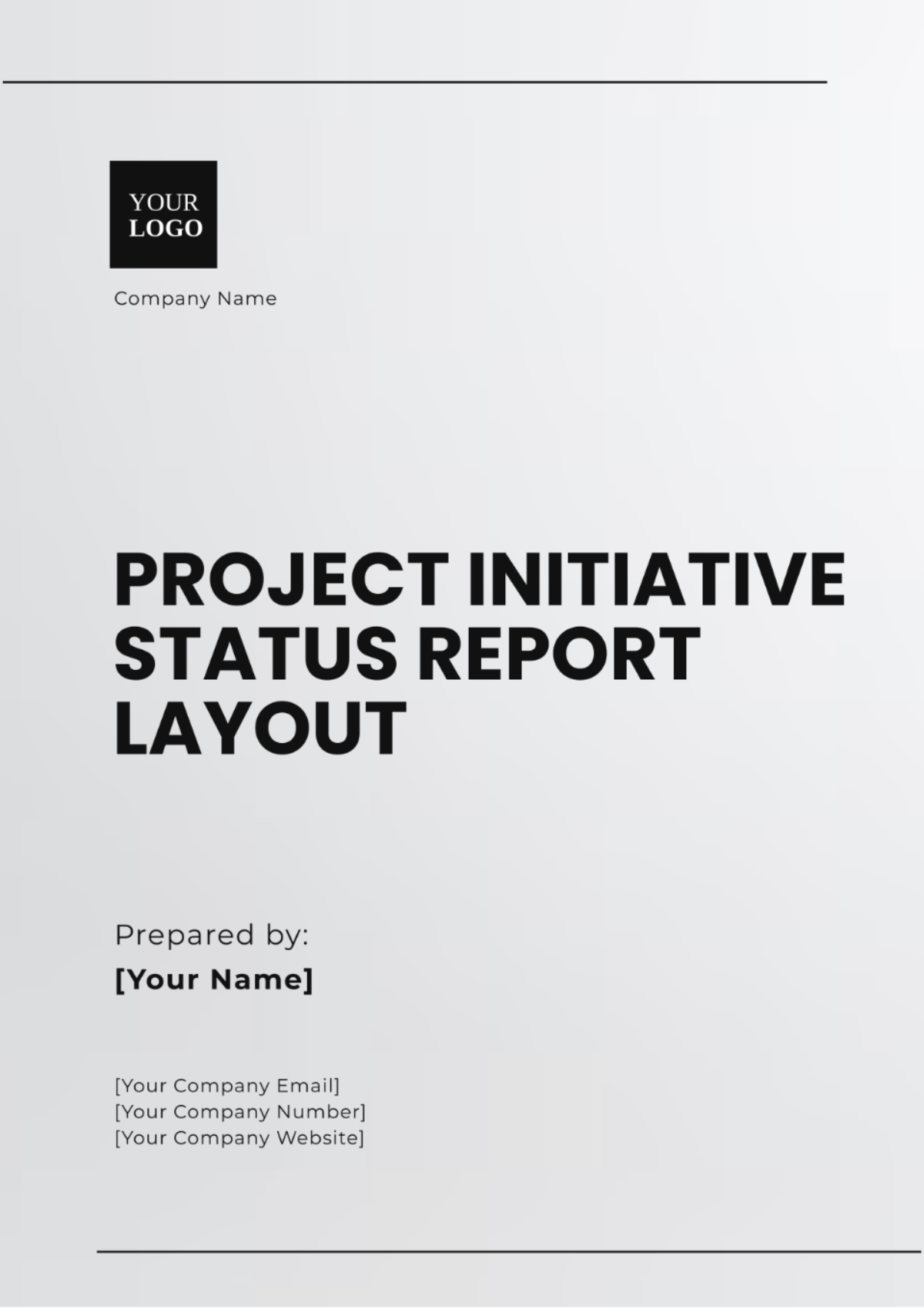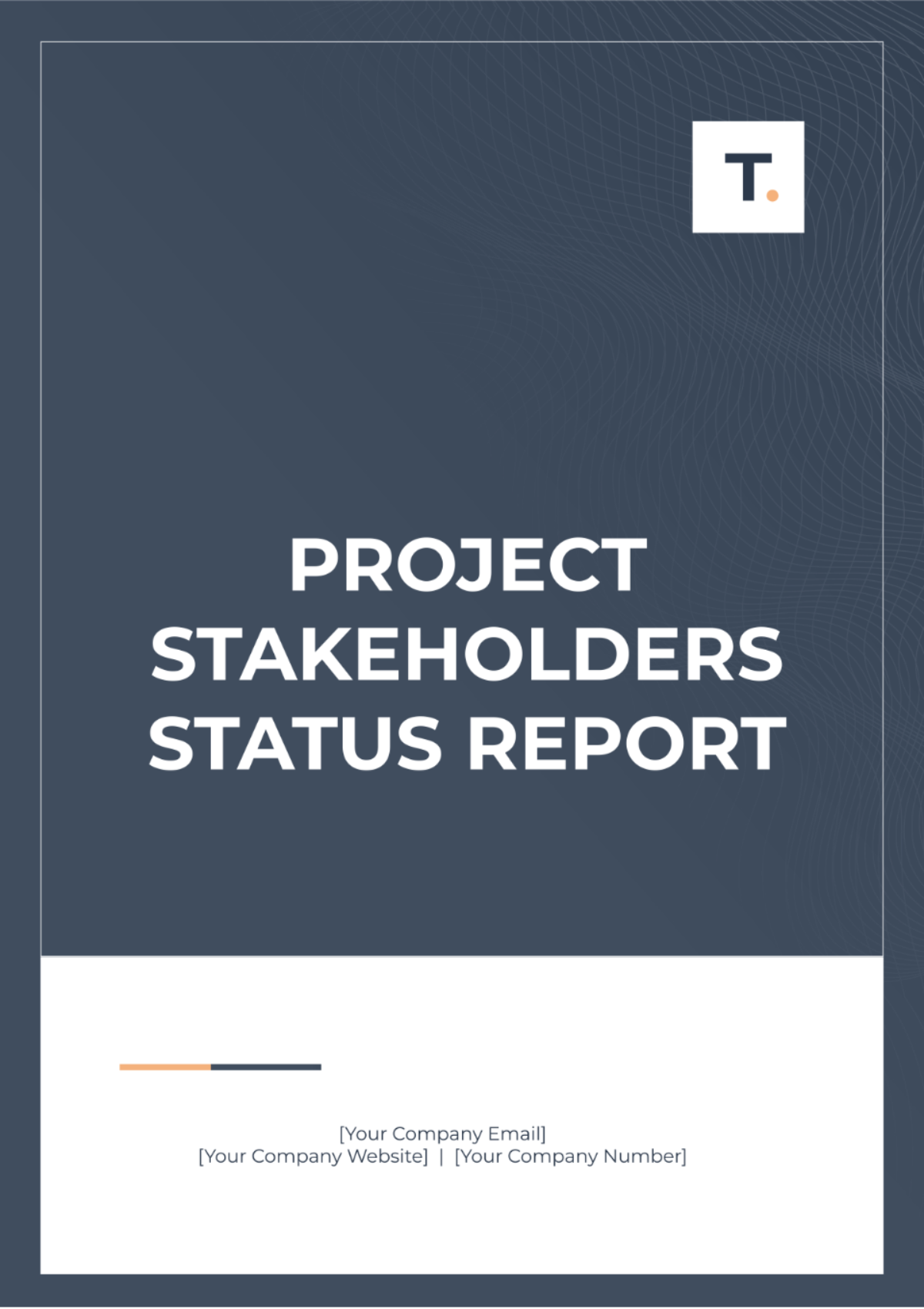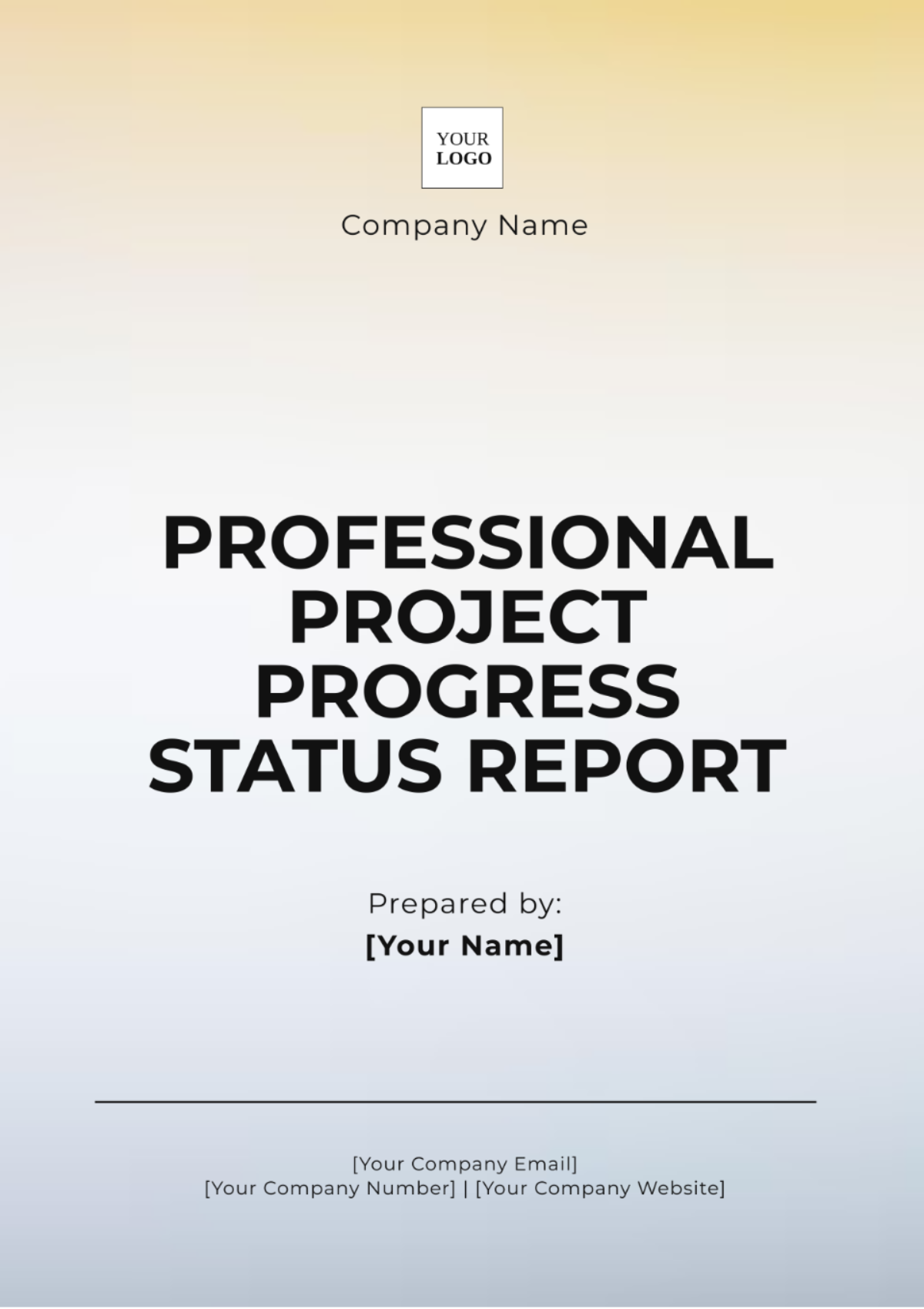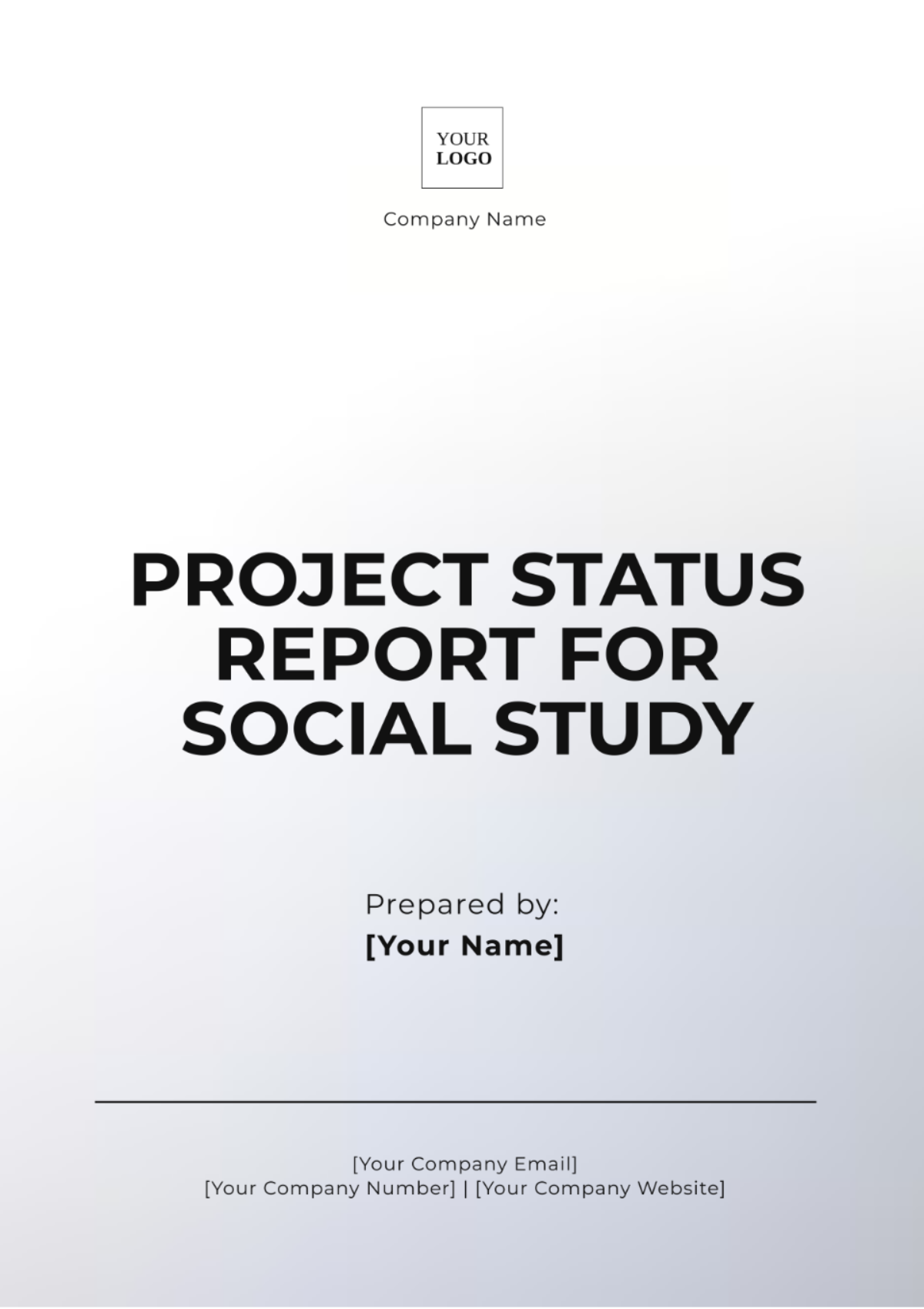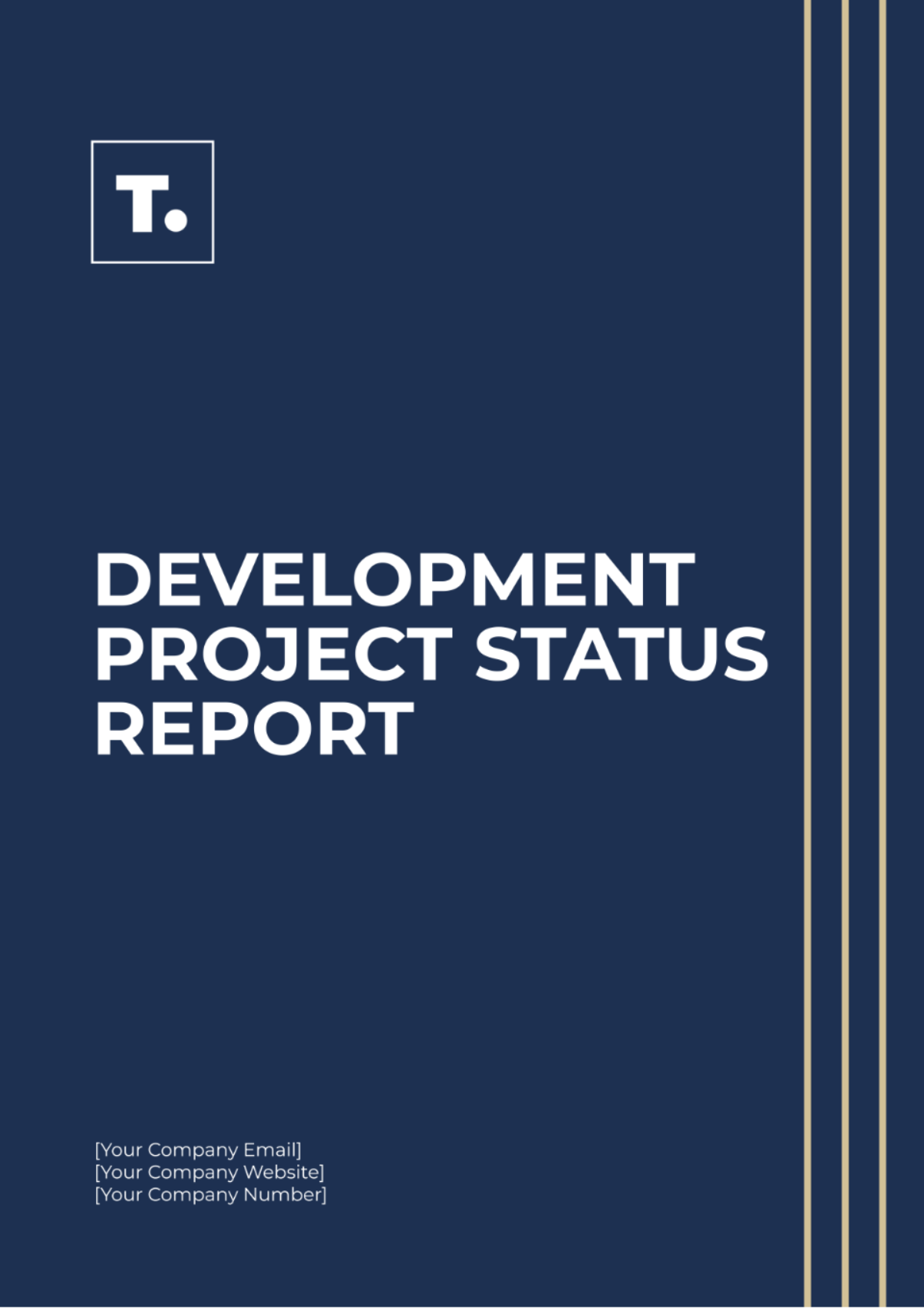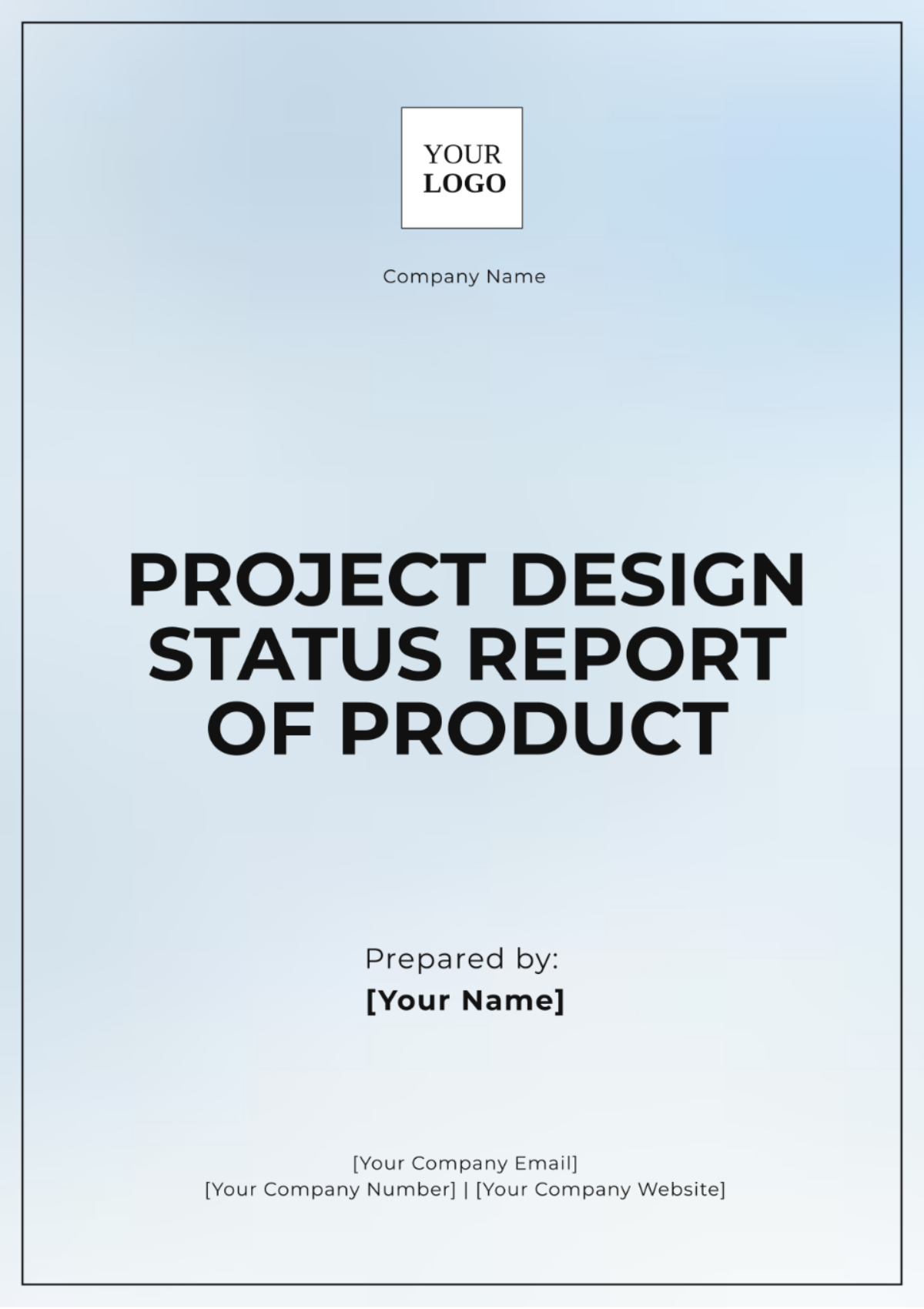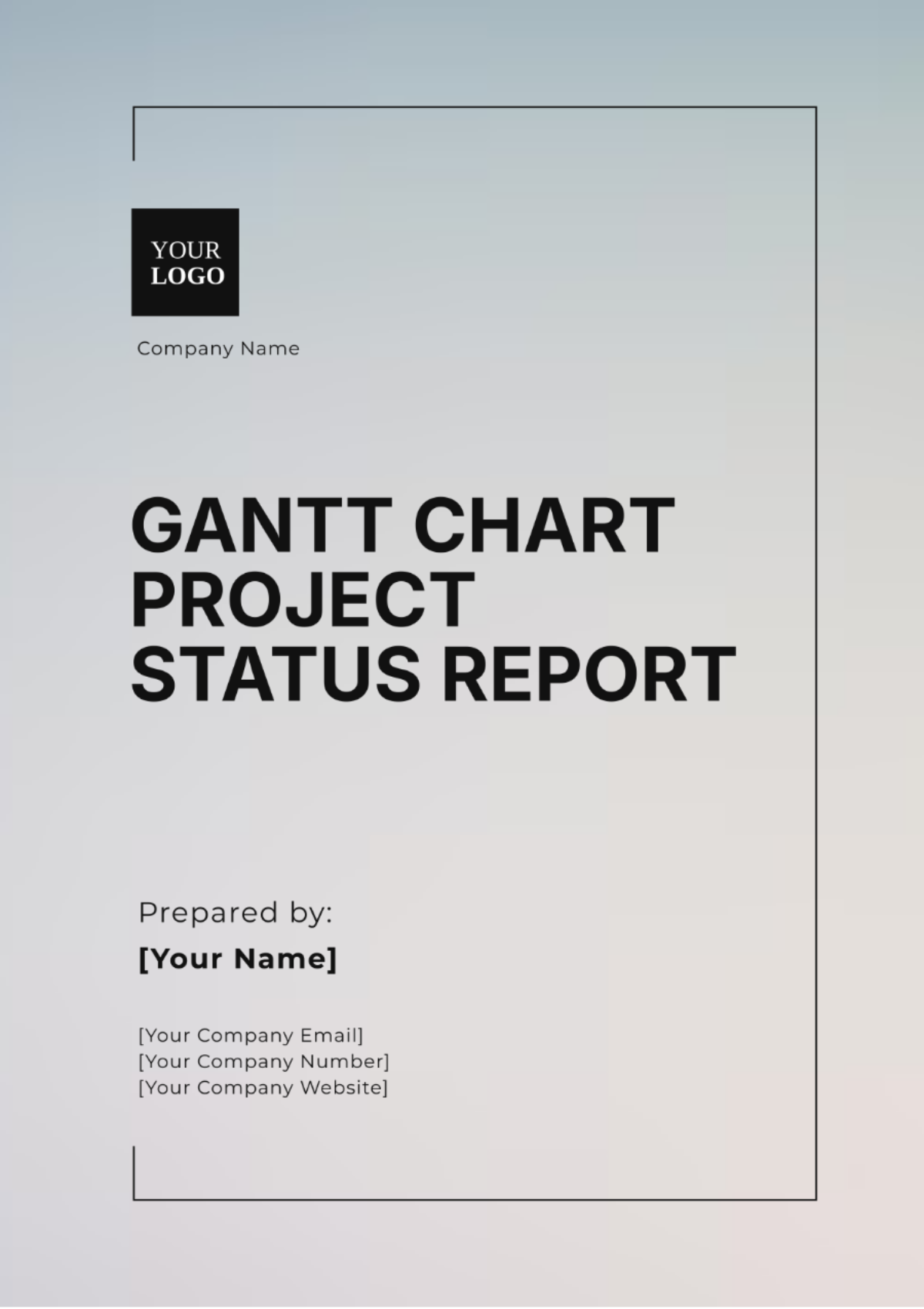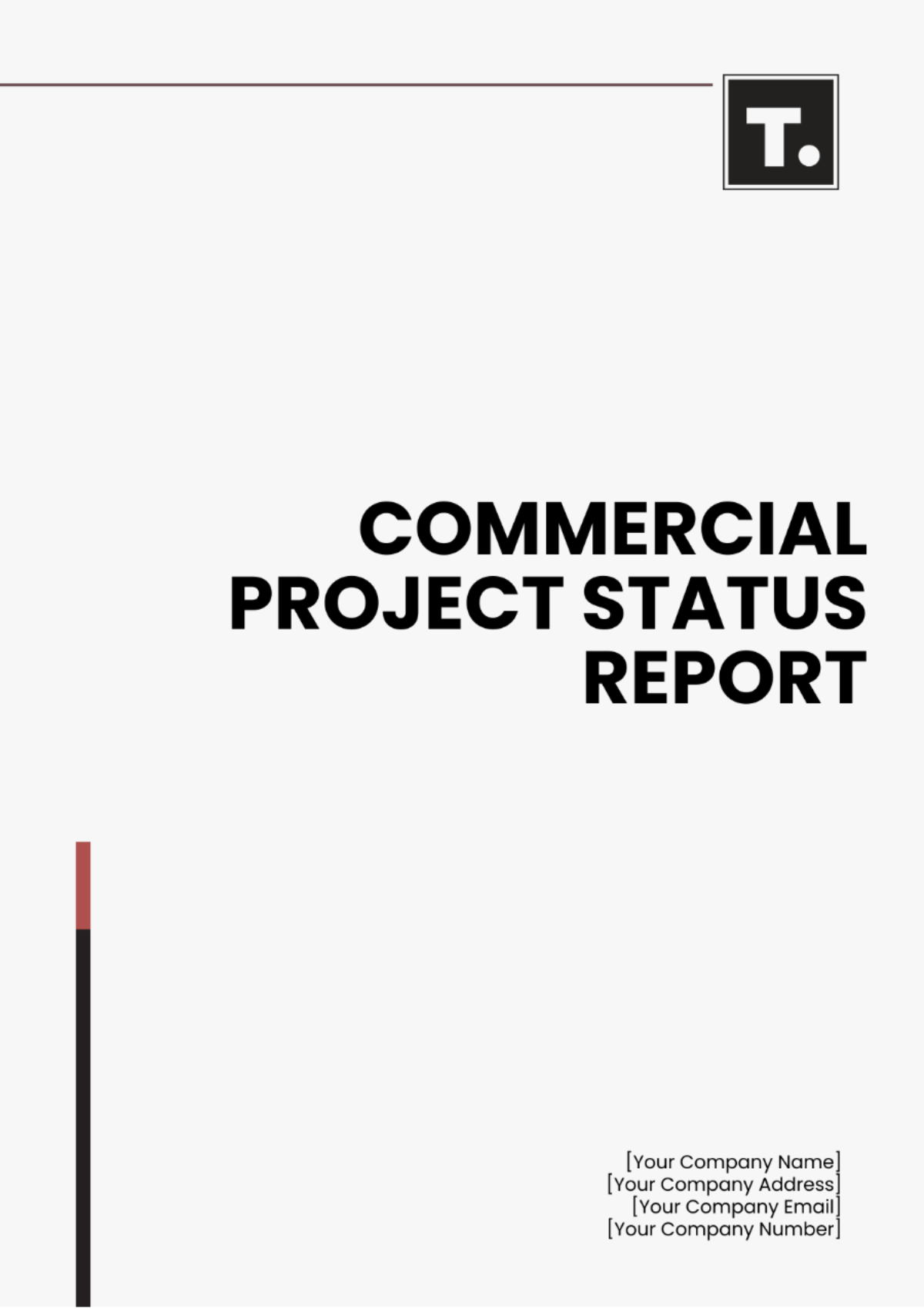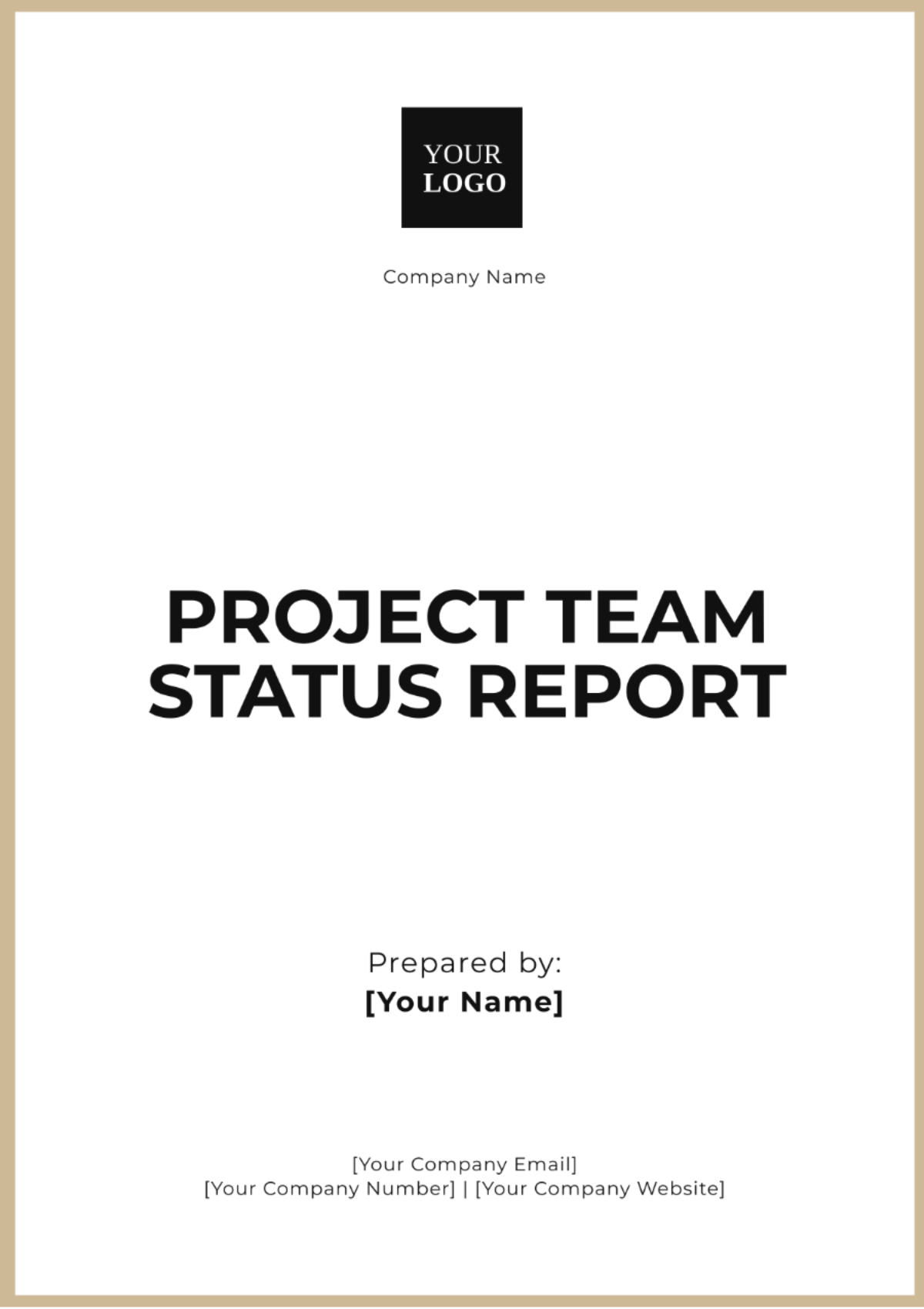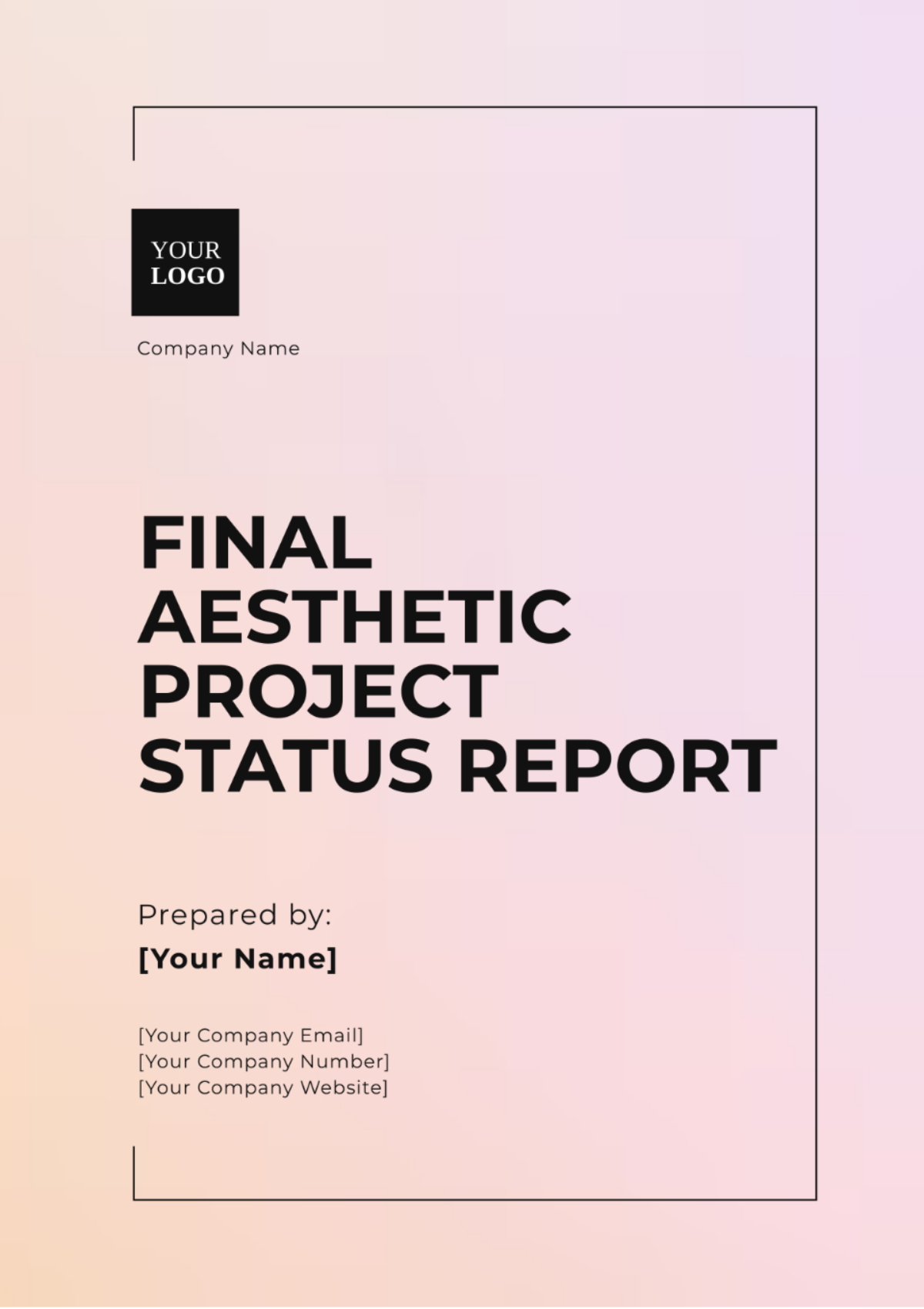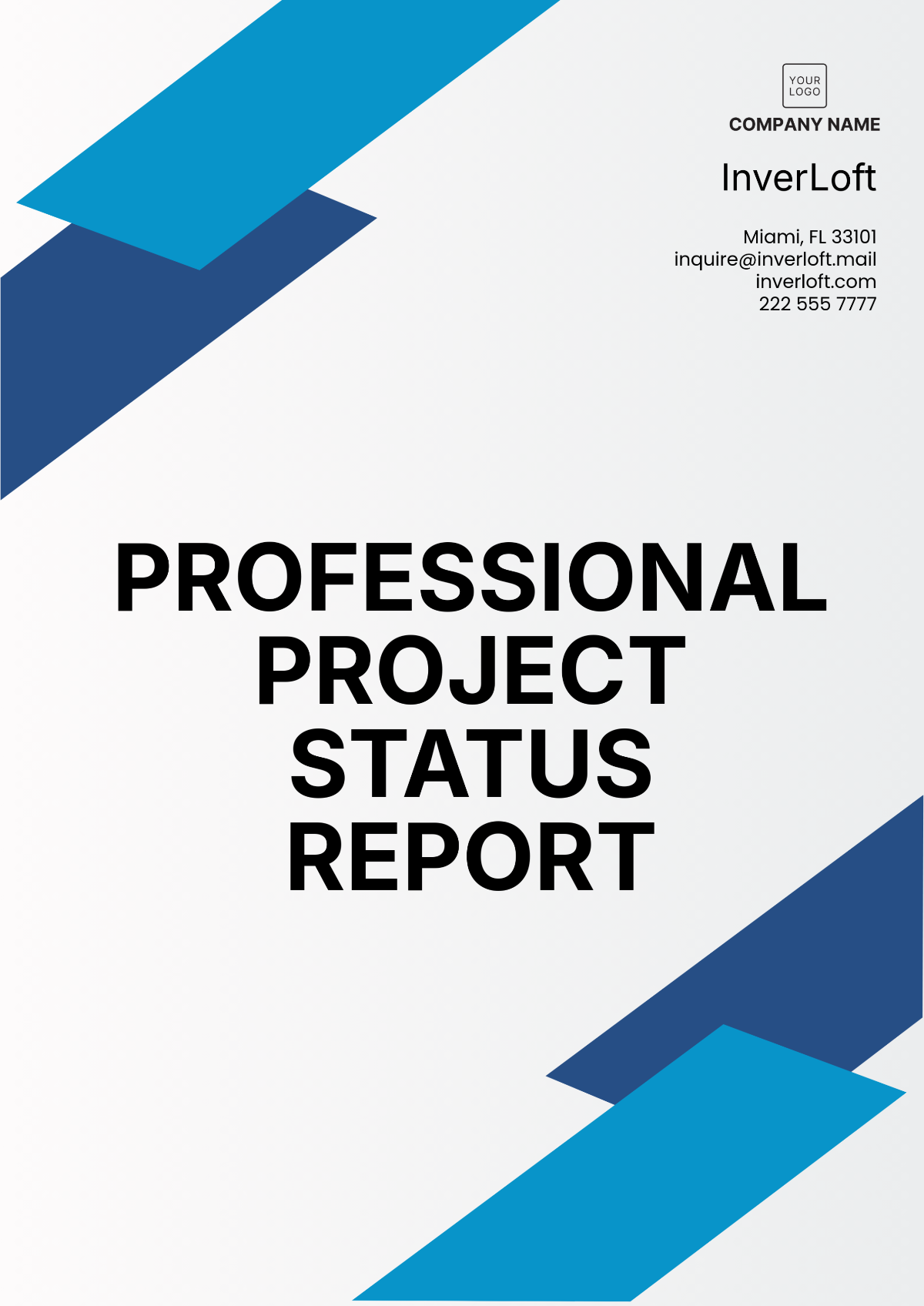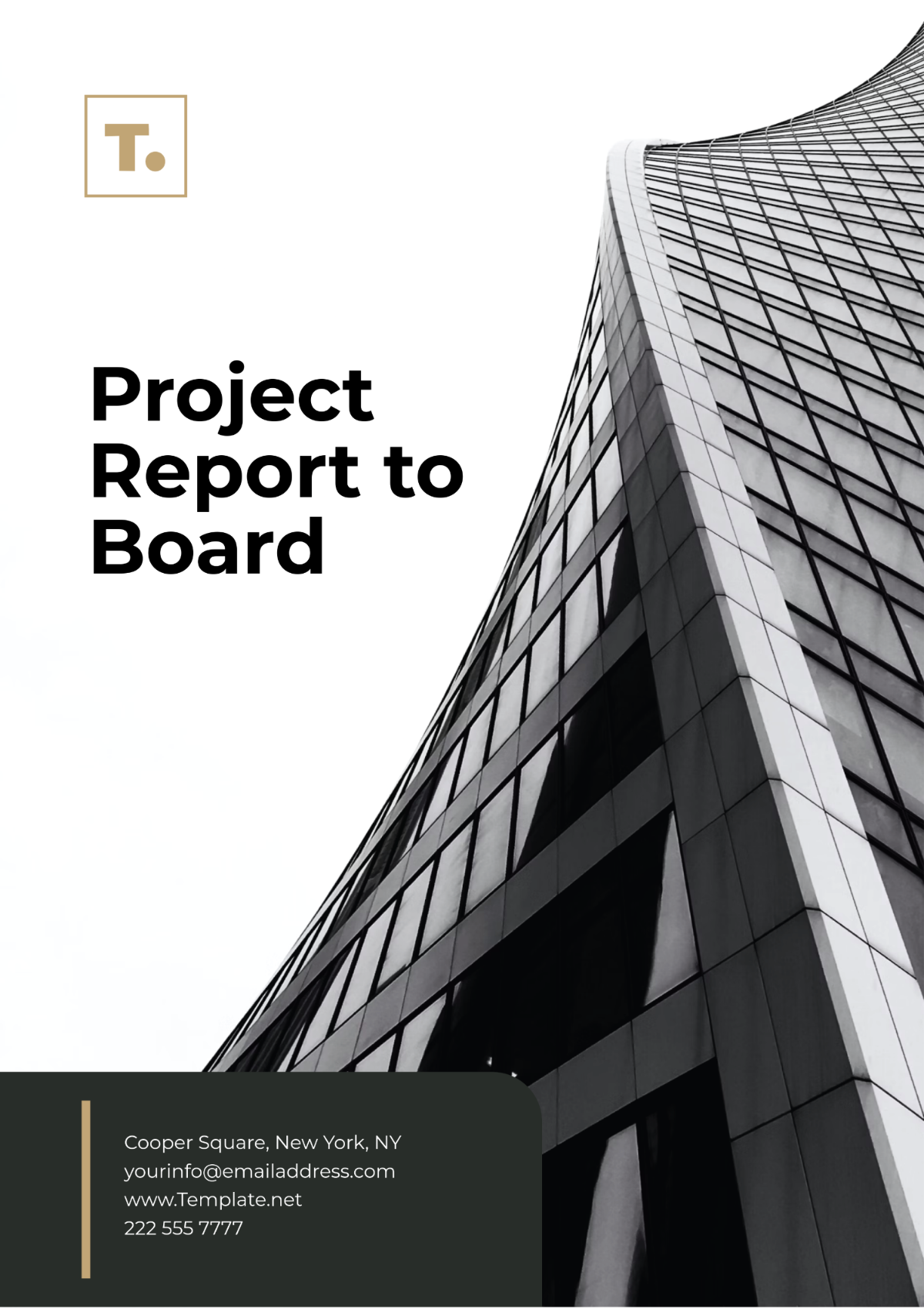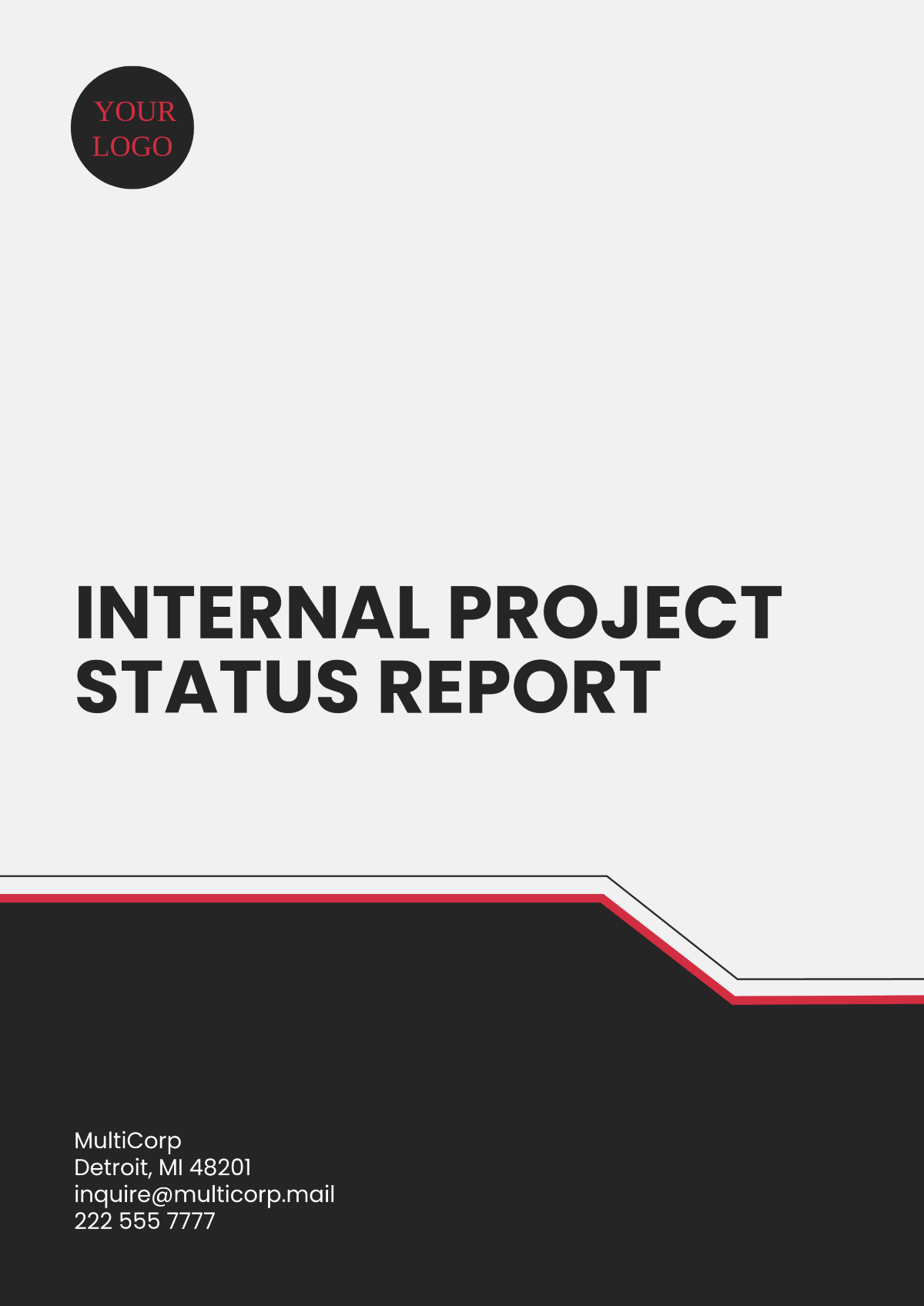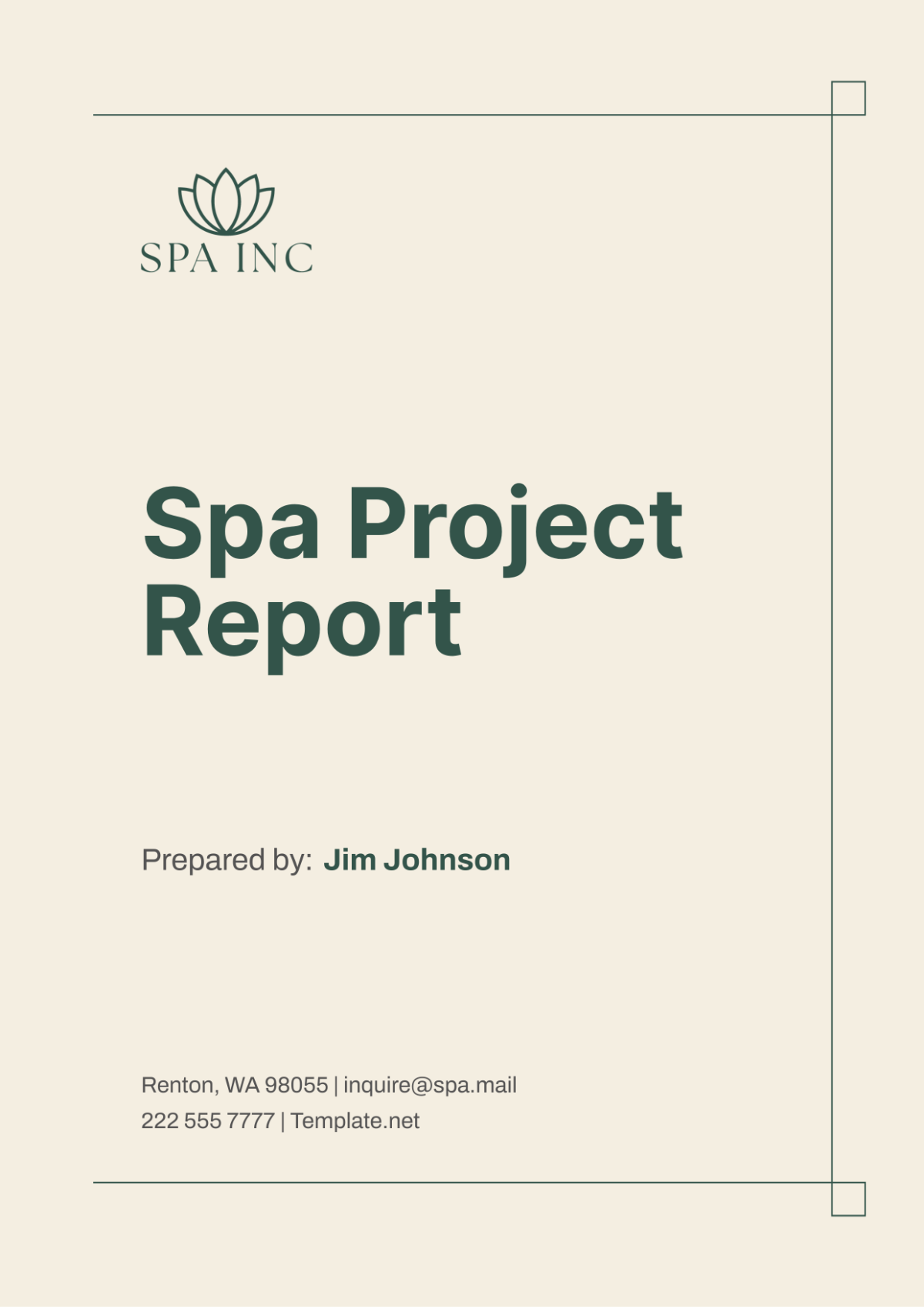CONFLUENCE PROJECT STATUS REPORT
Prepared by: | [Your Name] |
Date: | July 20, 2060 |
I. Project Overview
The Keyword is Confluence project aims to revolutionize the search functionality within the Confluence platform, catering to the evolving needs of its diverse user base. By leveraging cutting-edge technologies and innovative design principles, the project endeavors to create an intuitive and efficient search experience, enabling users to seamlessly access and discover relevant information within the Confluence ecosystem. Key objectives include enhancing search accuracy, optimizing user interface design, and improving overall user satisfaction.
II. Executive Summary
A. Project Progress
The project has witnessed commendable progress across various fronts. Significant milestones achieved include the successful completion of UI wireframes, laying the foundation for the revamped search interface. Additionally, substantial advancements have been made in the implementation of the semantic search algorithm, marking a pivotal step toward improving search accuracy and relevance. While certain challenges have been encountered, the team's concerted efforts have propelled the project forward, with promising outcomes on the horizon.
B. Budget Allocation
The budget allocation strategy remains robust, with meticulous attention to resource utilization and cost management. The majority of allocated funds have been directed towards development resources, ensuring adequate support for the implementation of core project deliverables. Furthermore, the prudent allocation of funds for software licenses and infrastructure upgrades underscores our commitment to optimizing operational efficiency and technological efficacy.
C. Stakeholder Engagement
Stakeholder engagement continues to be a cornerstone of project success, fostering collaboration and alignment across key stakeholders. Regular communication channels have been established to facilitate transparent discourse and foster a shared understanding of project objectives. Ongoing engagement with product management teams, user experience specialists, and end-users has provided invaluable insights and feedback, guiding project direction and ensuring alignment with stakeholder expectations.
III. Issues and Risks
A. Current Issues
UI Design Approval Delays: Extended review cycles for UI design iterations have contributed to delays in finalizing the revamped search interface, impacting overall project timelines.
Resource Constraints: The limited availability of subject matter experts for semantic analysis implementation has posed challenges in navigating complex technical requirements and optimizing search algorithms.
Integration Challenges: Technical complexities associated with integrating the new search algorithm with existing infrastructure have surfaced, necessitating dedicated efforts to streamline integration processes.
B. Emerging Risks
Budget Constraints: Unforeseen development complexities and resource-intensive tasks may exert pressure on the allocated budget, necessitating proactive measures to mitigate financial risks and maintain cost-effectiveness.
Scope Creep: The possibility of scope creep looms as additional feature requests and enhancements emerge from stakeholders, potentially impacting project scope and deliverables.
Staffing Shortages: Staffing shortages or turnover within the project team may impede progress and disrupt project continuity, highlighting the importance of resource management and contingency planning.
C. Mitigation Strategies
Streamlined Review Processes: Implement streamlined review processes and stakeholder feedback mechanisms to expedite UI design approval cycles and minimize delays.
Collaborative Partnerships: Forge collaborative partnerships with external consultants or specialized agencies to augment in-house expertise and address resource constraints effectively.
Iterative Development Approach: Embrace an iterative development approach and agile project management methodologies to navigate integration challenges and incrementally refine project deliverables.
IV. Action Plan
Task Description | Responsible Party | Deadline | Status |
|---|---|---|---|
Finalize UI Design | UX Designer | 15/06/2050 | In Progress |
Complete Semantic Analysis | Development Team | 30/06/2050 | Pending |
Conduct User Acceptance Testing | QA Team | 10/07/2050 | Pending |
V. Timeline and Schedule
Milestone | Planned Date | Status |
|---|---|---|
UI Design Finalized | 15/06/2050 | In Progress |
Semantic Analysis Completed | 30/06/2050 | Pending |
User Acceptance Testing Conducted | 10/07/2050 | Pending |
VI. Resource Allocation
A. Human Resources
Role | Allocation (%) |
|---|---|
Project Manager | 20 |
UX Designer | 15 |
Development Team | 50 |
QA Team | 15 |
B. Financial Resources
Resource | Allocation ($) |
|---|---|
Development Budget | $100,000 |
Software Licenses | $20,000 |
Infrastructure Upgrade | $30,000 |
C. Technological Resources
Resource | Allocation |
|---|---|
Design Software | 2 licenses |
Development Tools | 5 licenses |
Server Upgrades | 2 servers |
VII. Additional Notes
Proactive risk management and continuous monitoring of project metrics will be pivotal in navigating challenges and ensuring timely project delivery.
Regular stakeholder communication and feedback sessions will be conducted to maintain alignment and address evolving requirements effectively.
